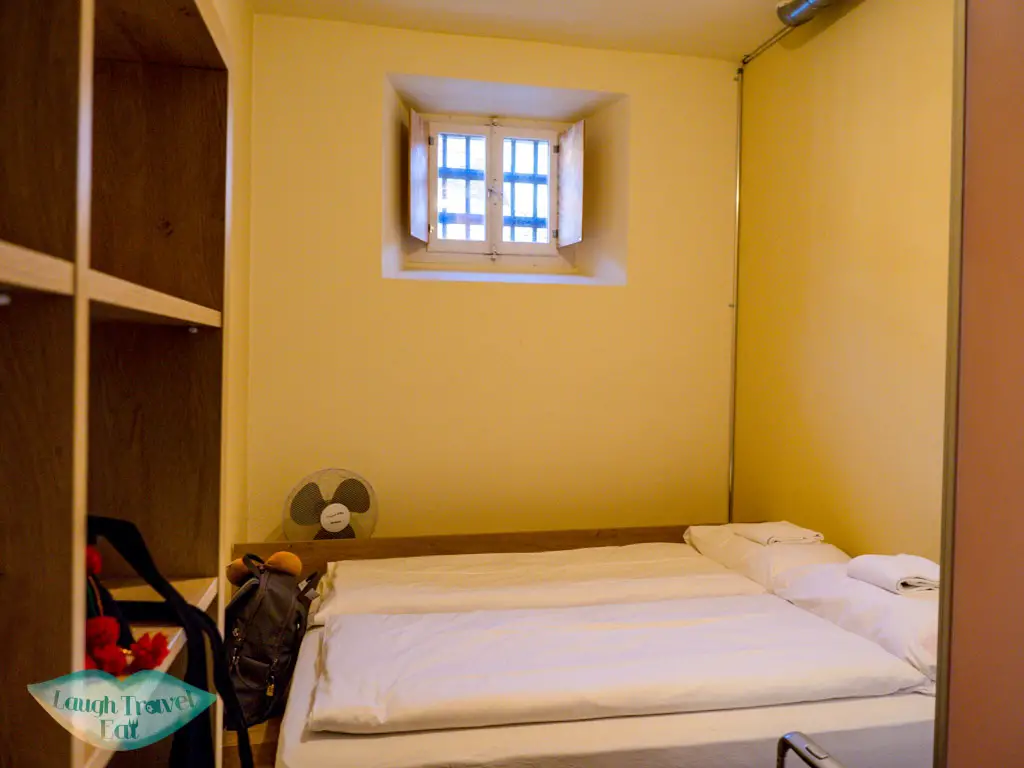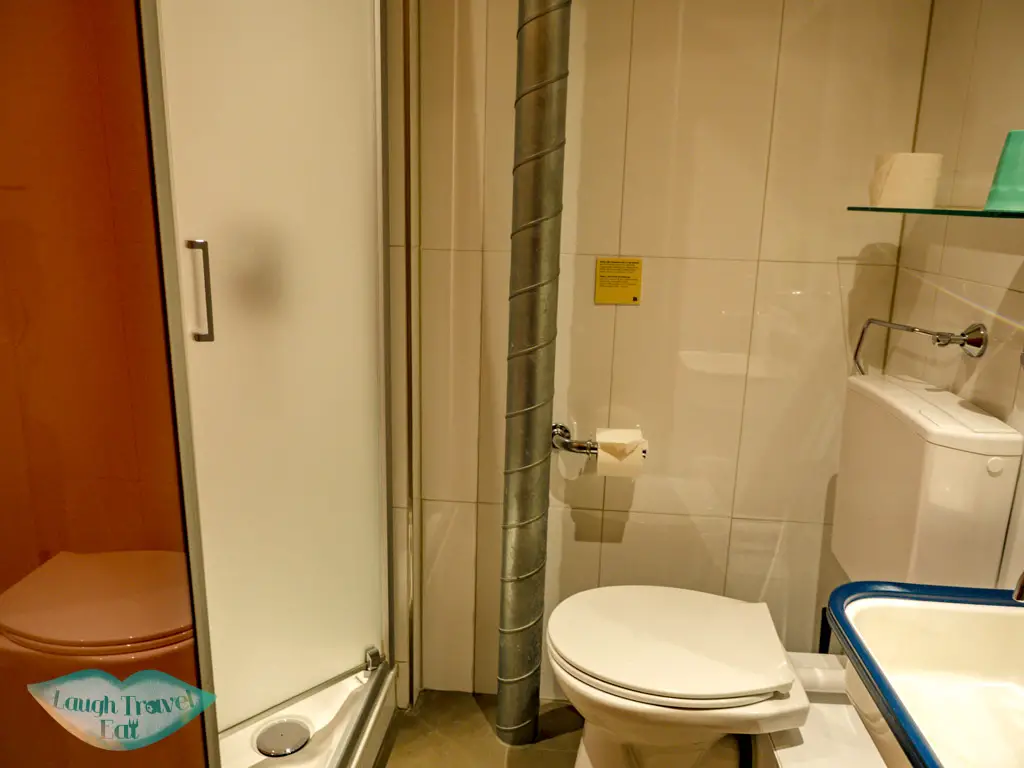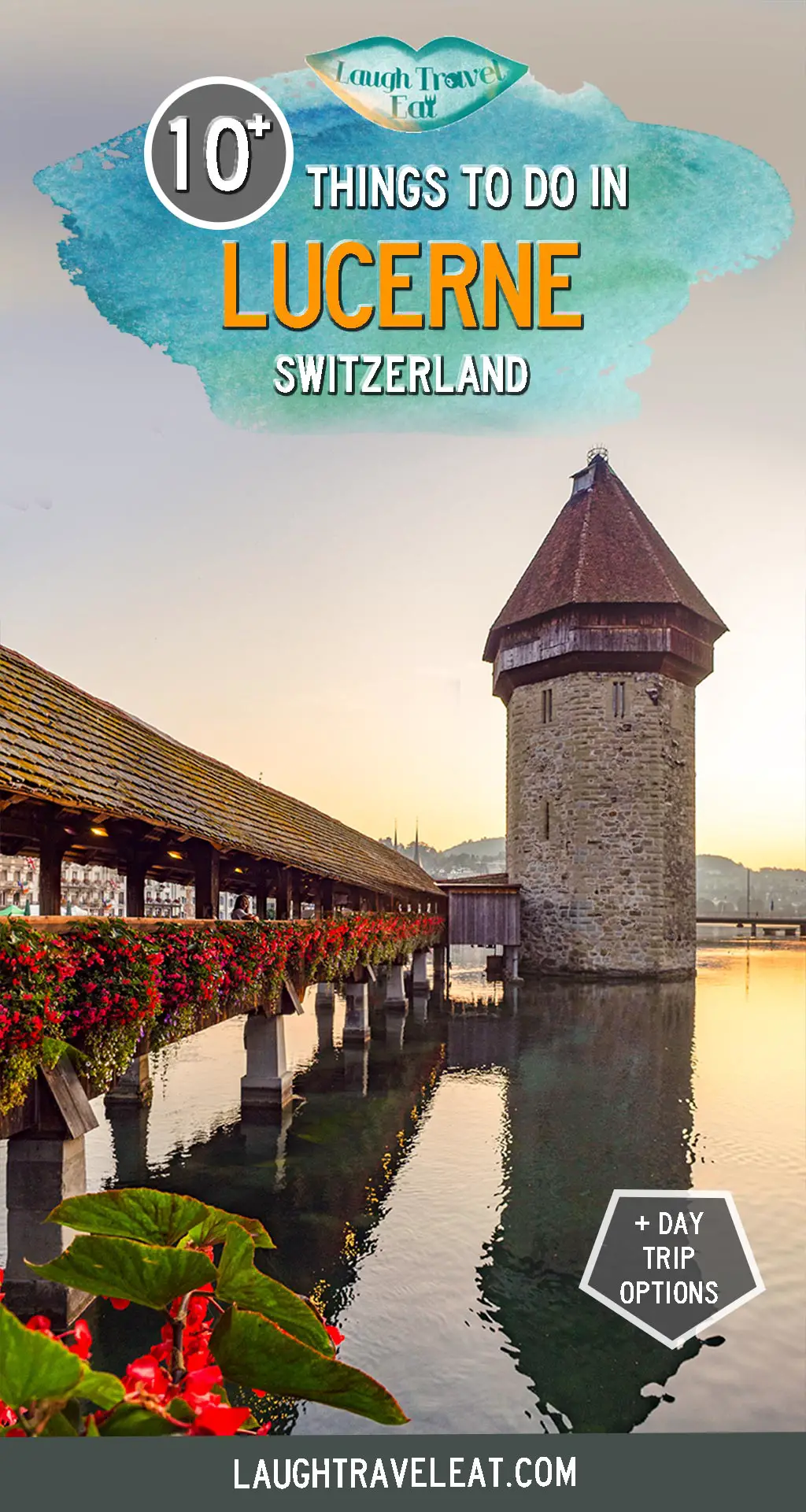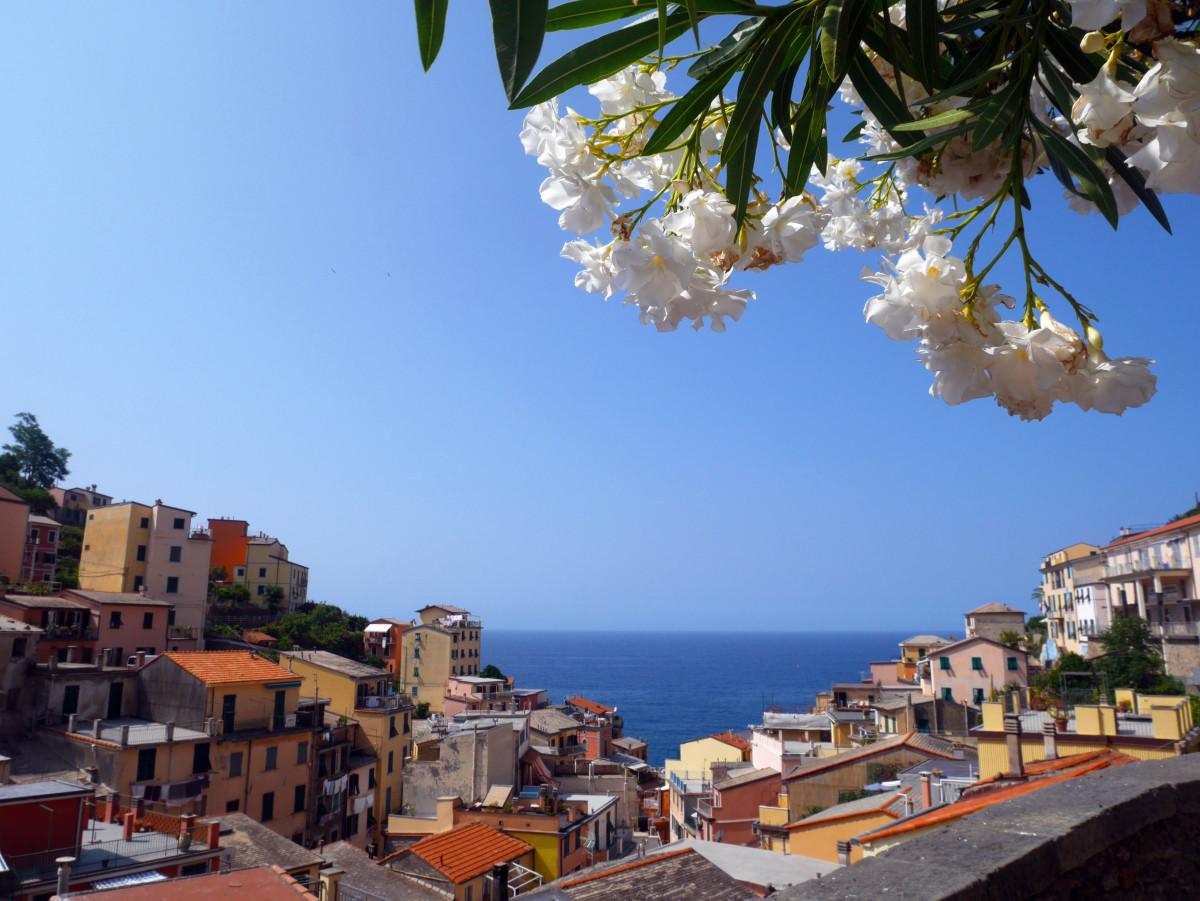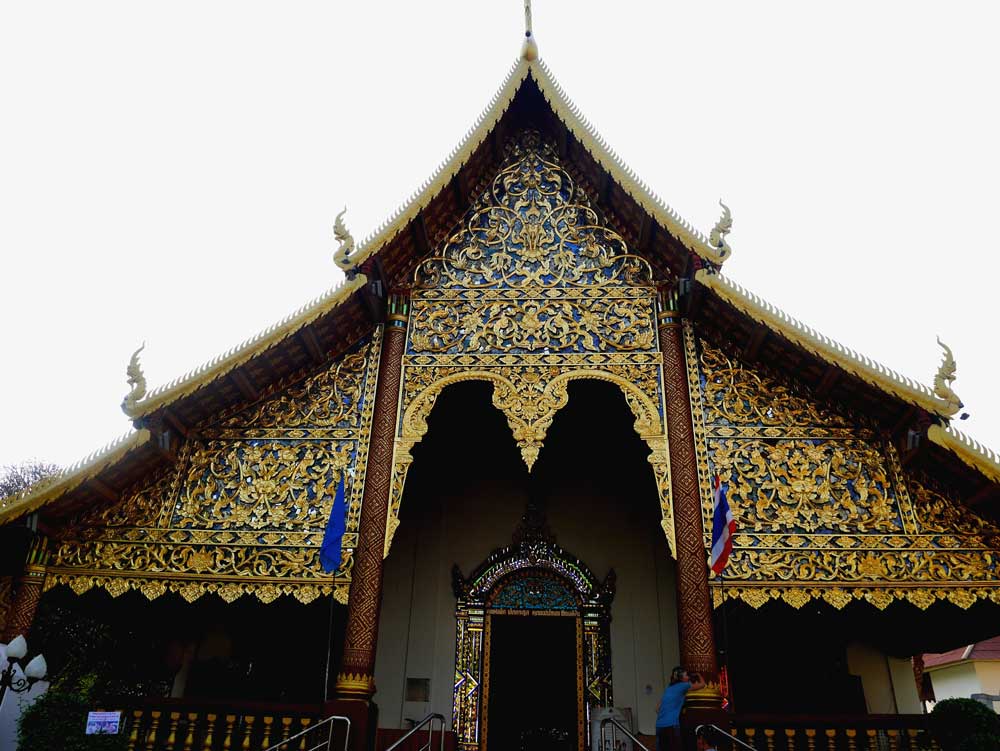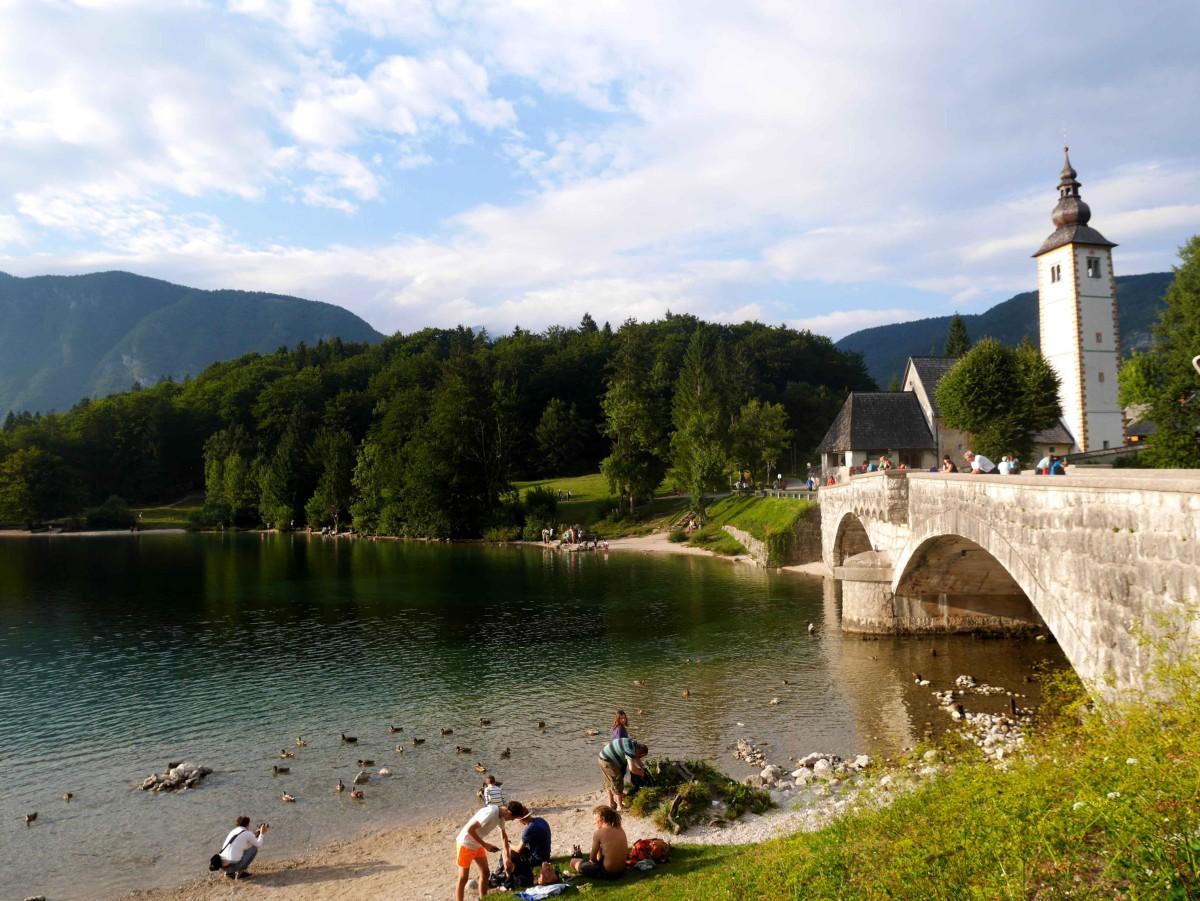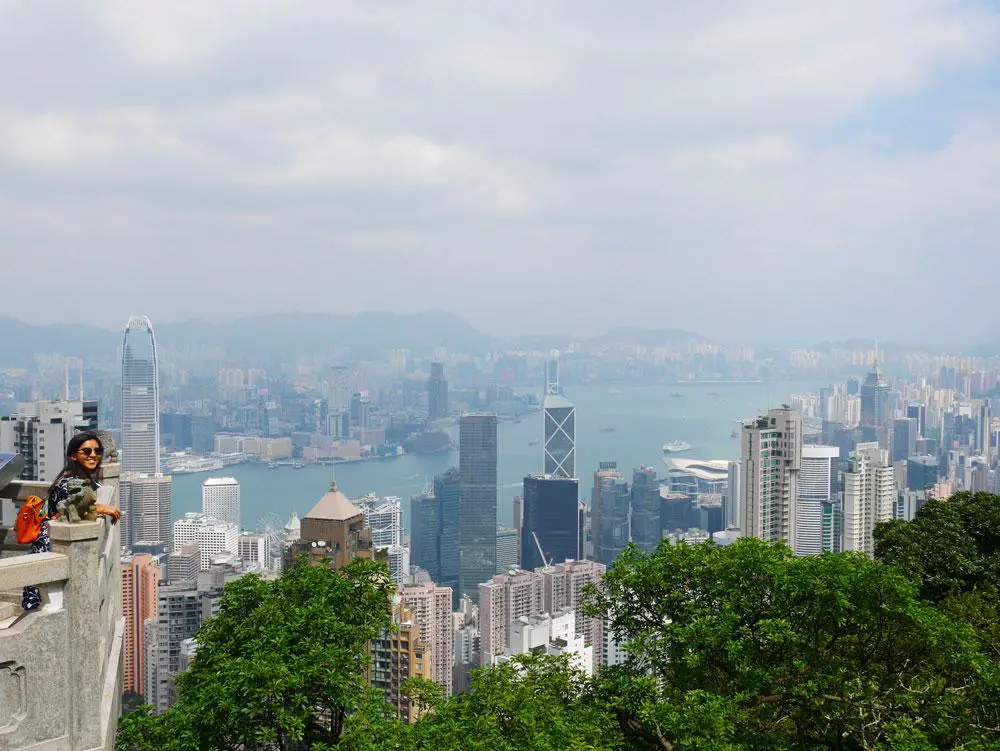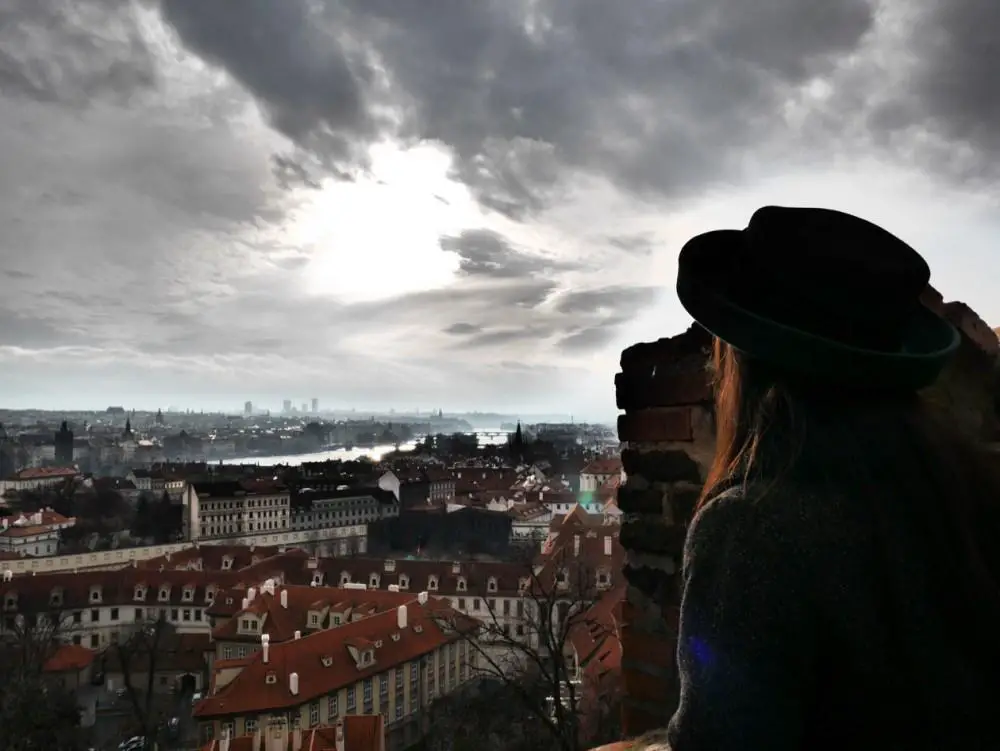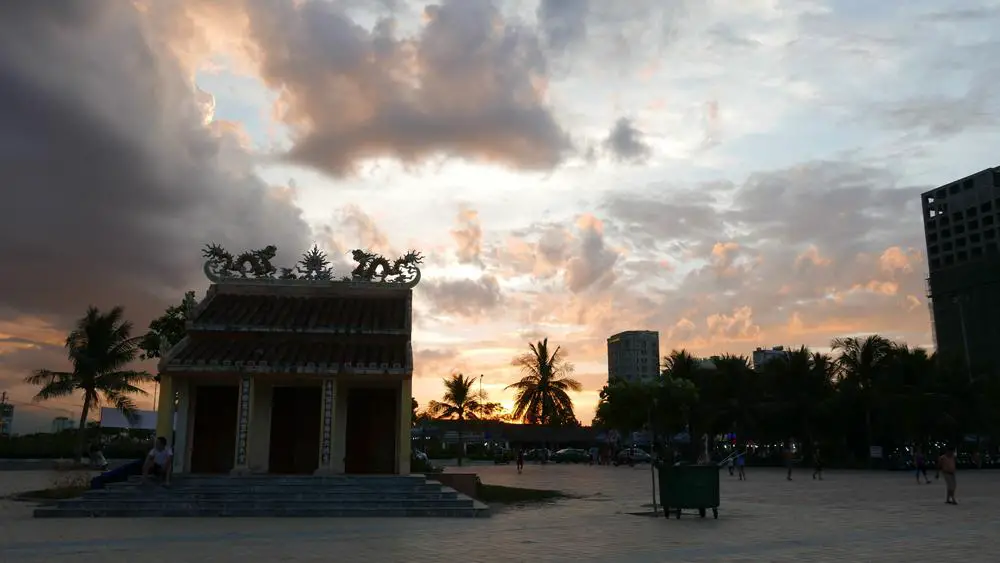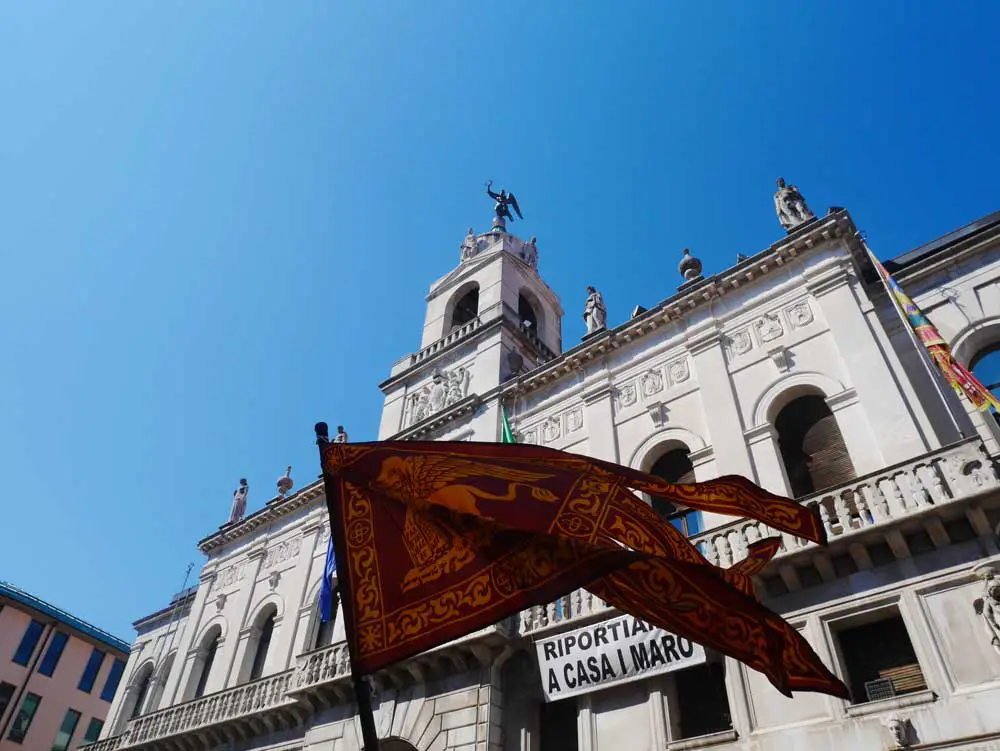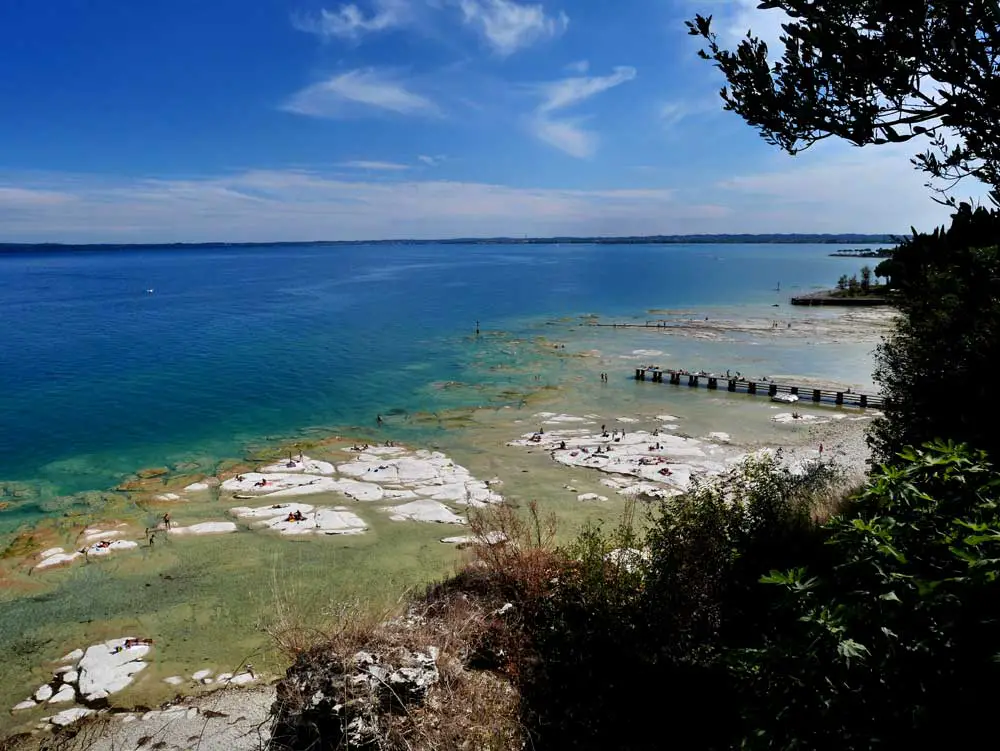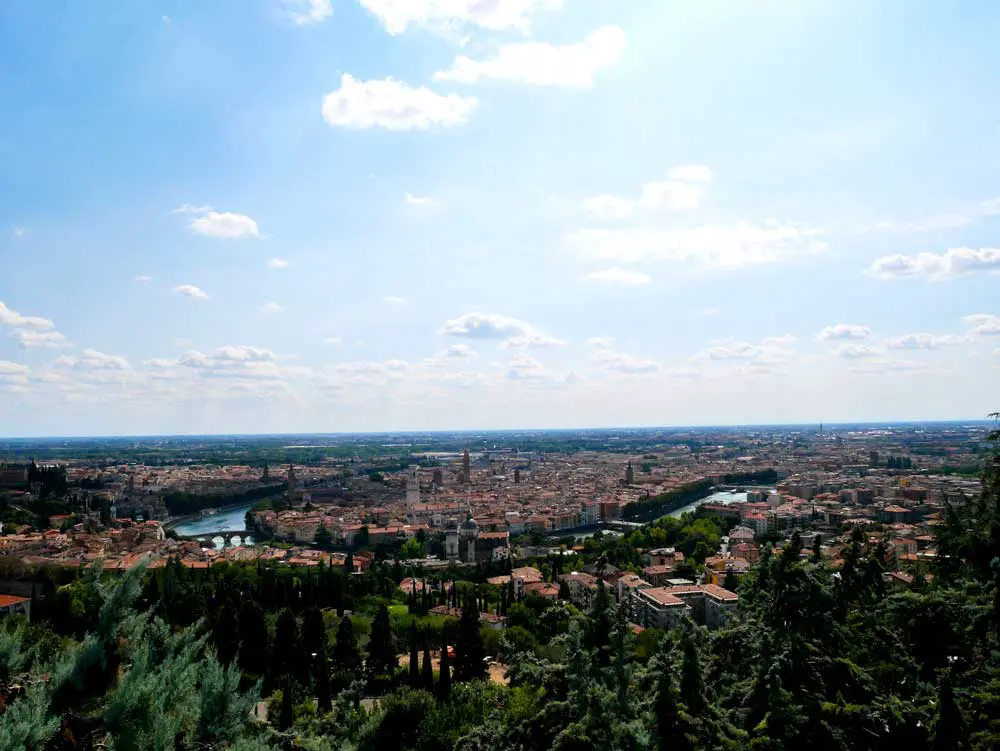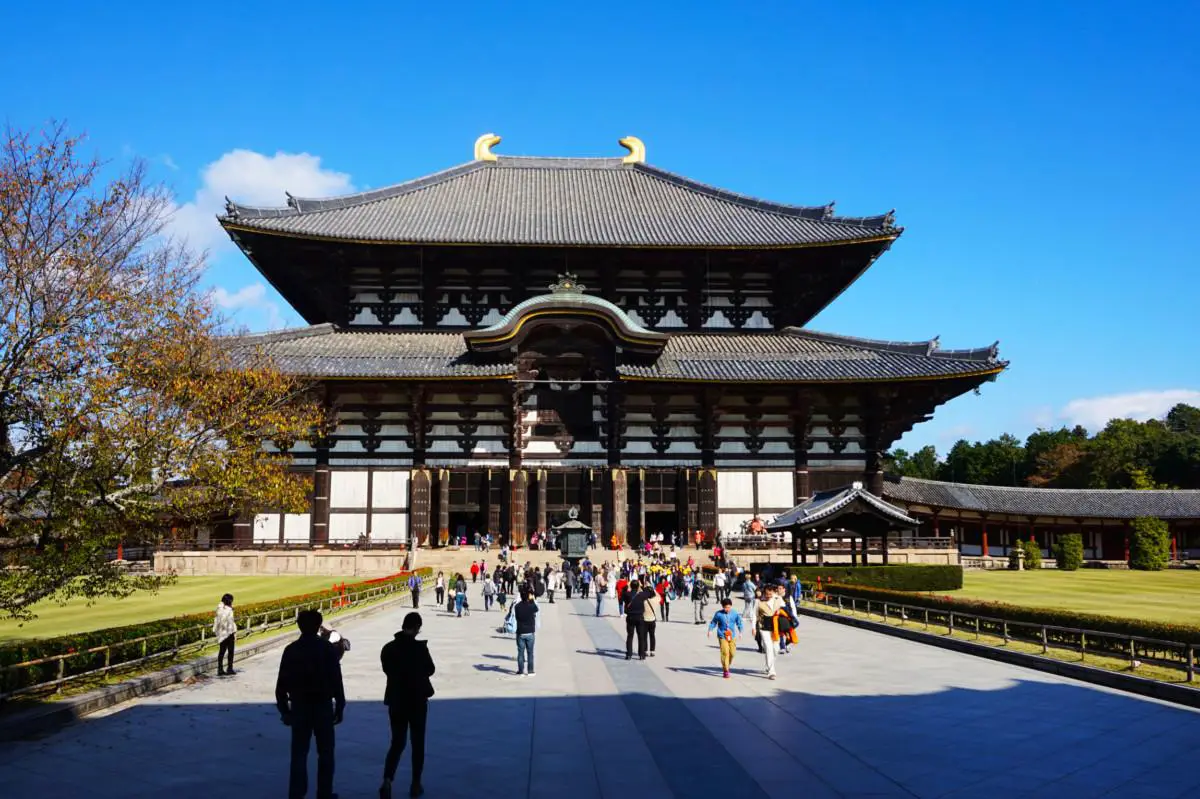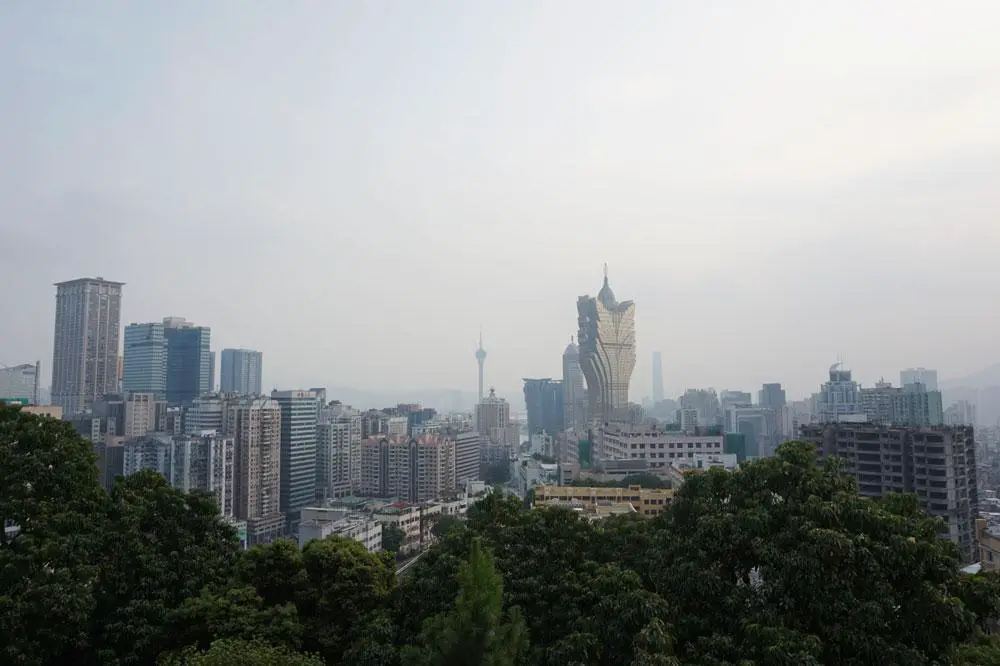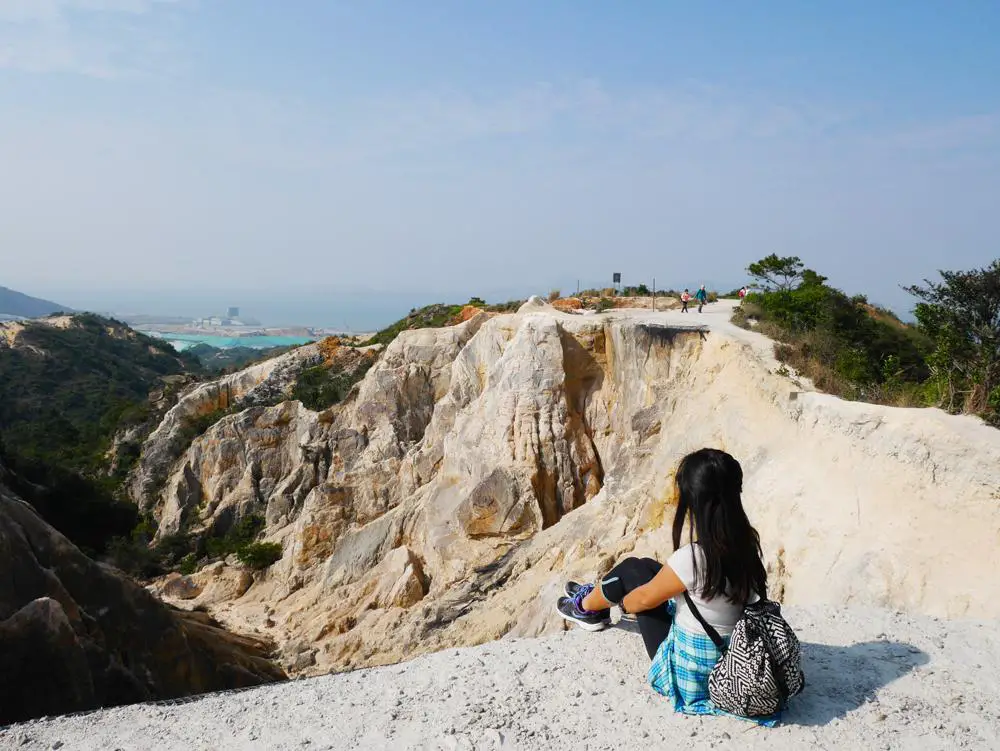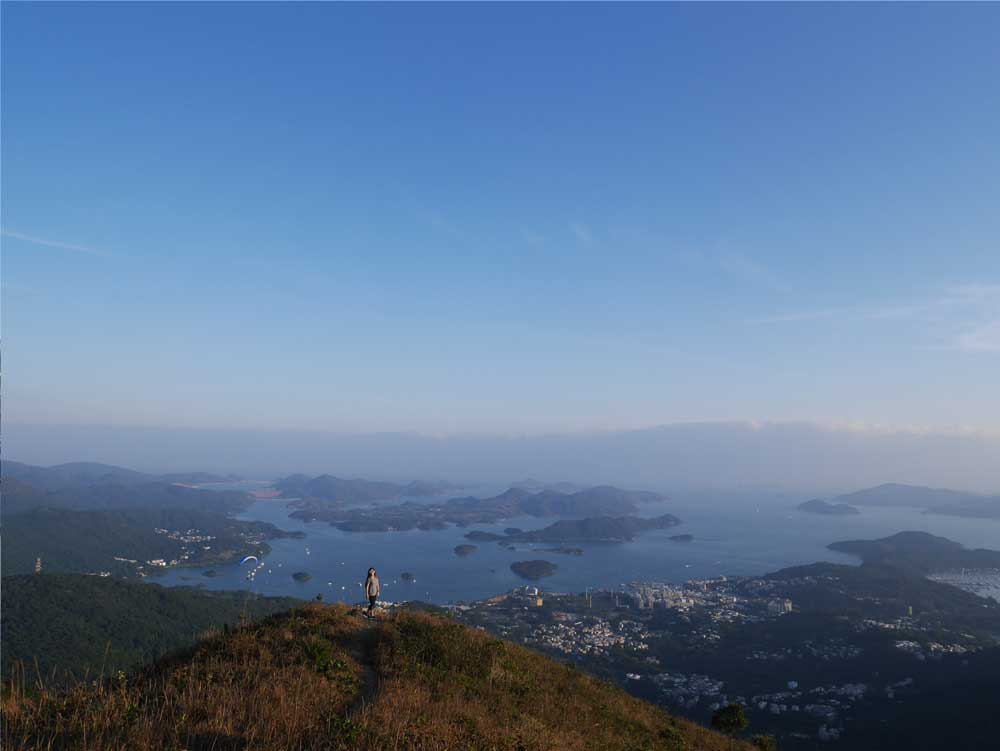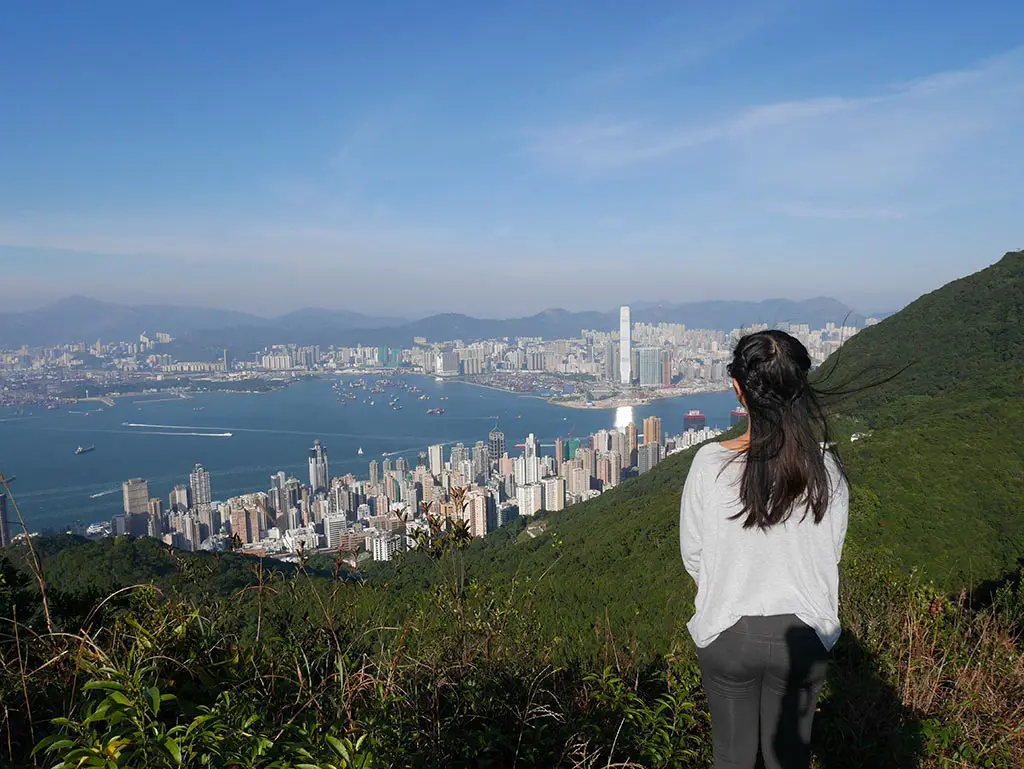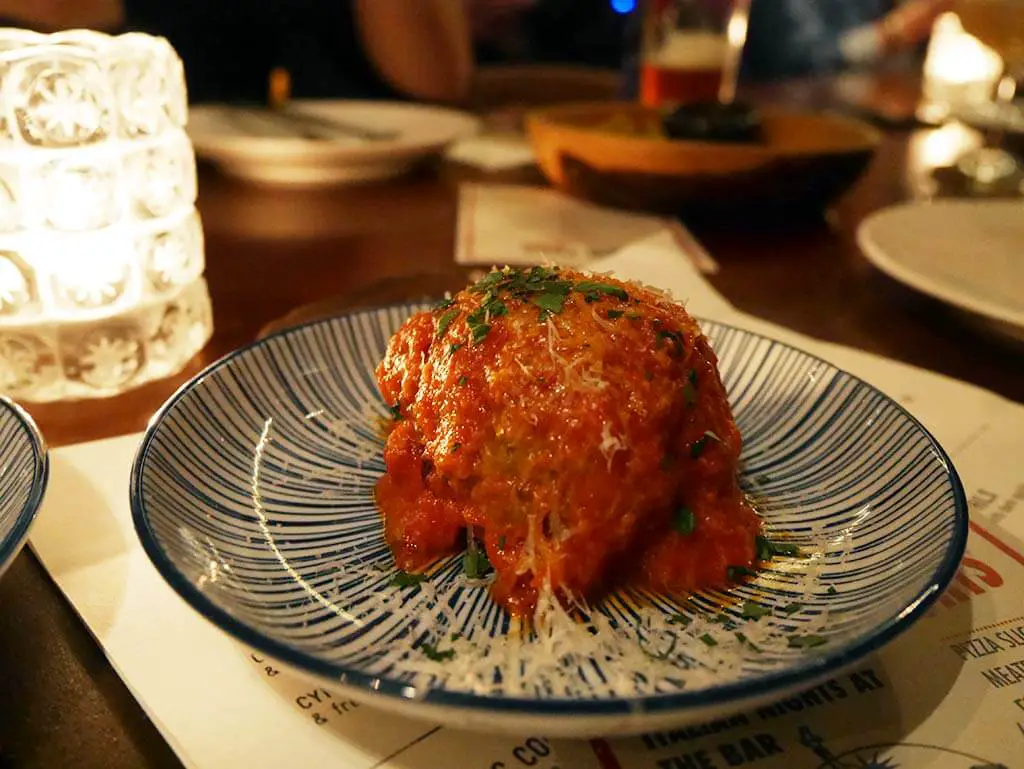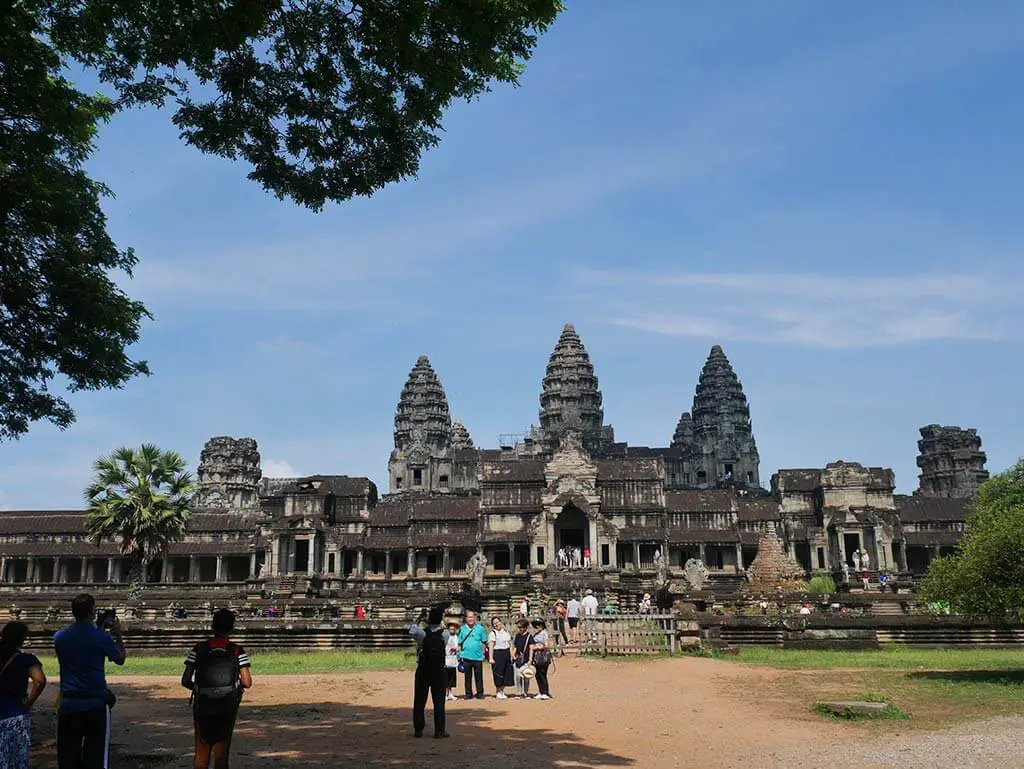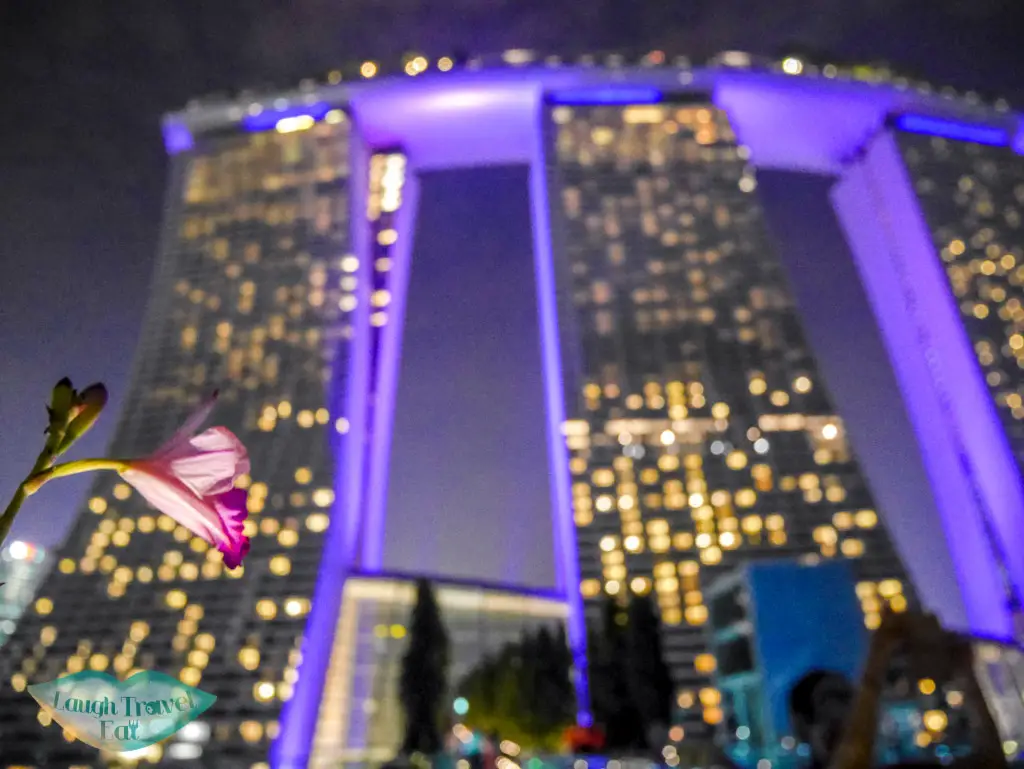Lucerne is a historic city in the center of Switzerland on the River Reuss. It was a city that had captured my heart the moment I set eyes on the Chapel Bridge with the sun setting behind it. There is a certain old time charm that lingers in its cobblestone streets and intricate painted medieval buildings that summon a sense of wanderlust like no other. But enough of me waxing poetics at its beauty, here is a guide to Lucerne and what to do around the city:
Contents
A little history of Lucerne
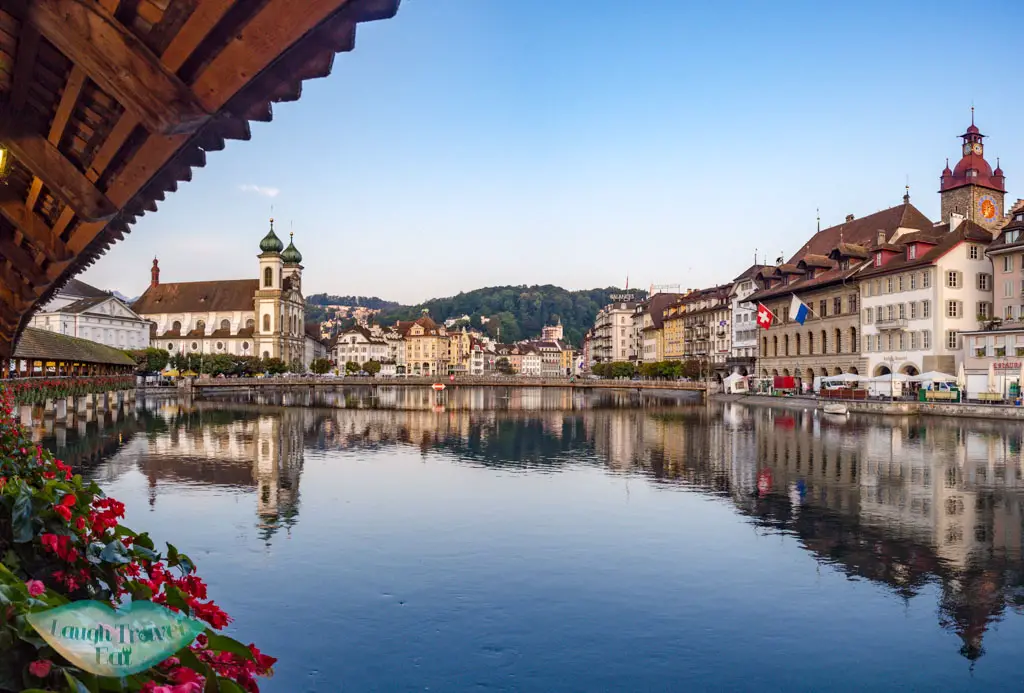
The town was inhabited as far back as the Roman times, with the first record of occupancy was by a monastery in 840. It transformed into a city in 1178 and flourished in the Middle Ages. It remained a Catholic city during the Reformation, which was centered around Geneva, while the surrounding cities are Protestants.
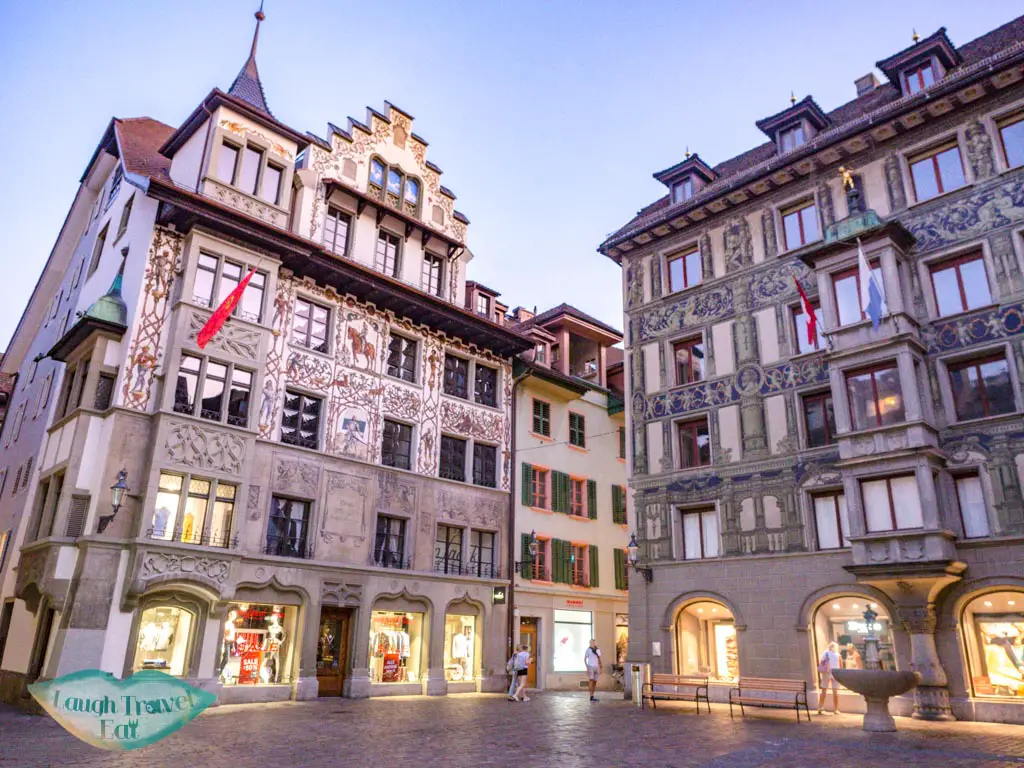
It grew to its present size during the Industrial Revolution and almost became the capital of Switzerland. However, that title went to Bern, but it doesn’t diminish the prominent position Lucerne played throughout the country’s history.
What to do in Lucerne
Lucerne’s old town is compact and very walkable, and surprisingly not as crowded as one expect once you steer away from the river. I highly recommend taking a stroll during sunrise or sunset, taking in the historic buildings and cobblestone streets and squares.
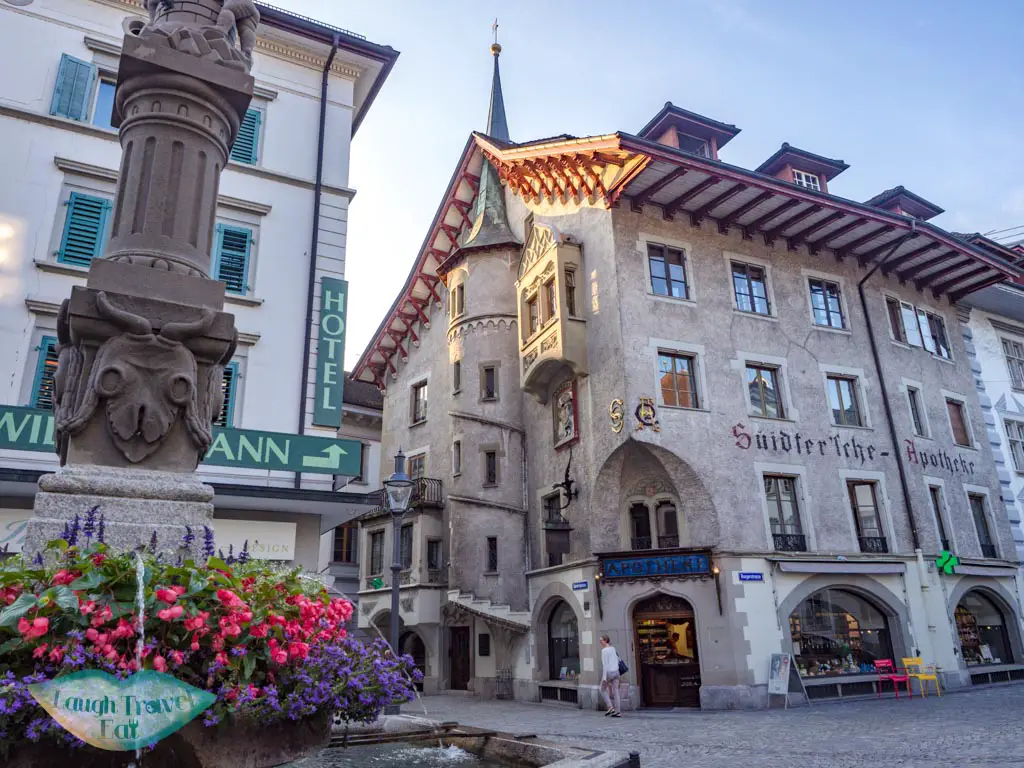
Both sides of the river are pretty, and I even found a pharmacy that resembles Diagon Alley!
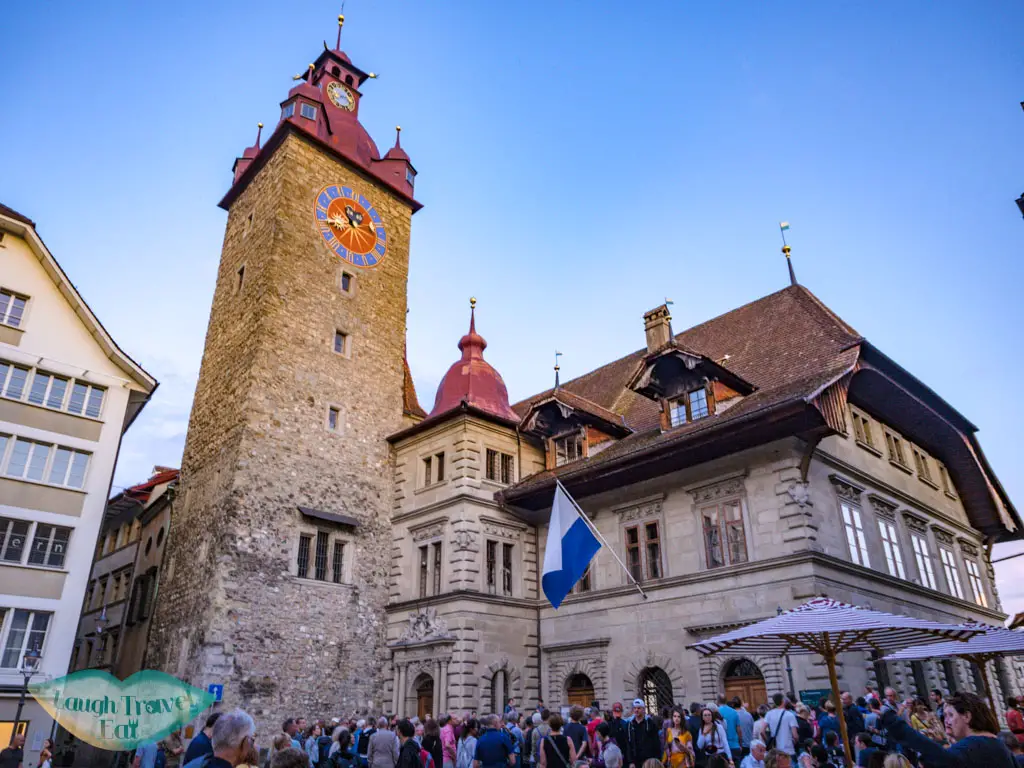
Also don’t miss the beautiful clock tower of the 17th century town hall.
Chapel Bridge
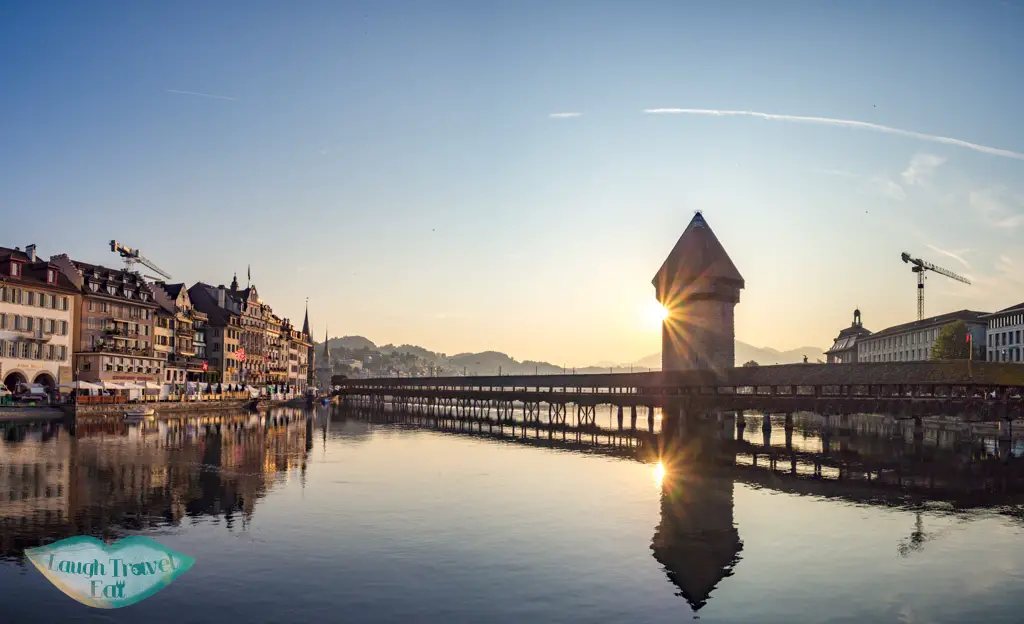
An iconic part of Lucerne, the Chapel Bridge and the Water Tower stretches across the River Reuss, connecting the Lucerne Theater and St Peter’s Chapel. The rickety vibe from the roofed bridge gives the town a timeless feel, spanning 205 m diagonally across the river. The bridge was built in 1333, however, it was almost completely destroyed by a fire in 1993 and was rebuilt within 8 months.
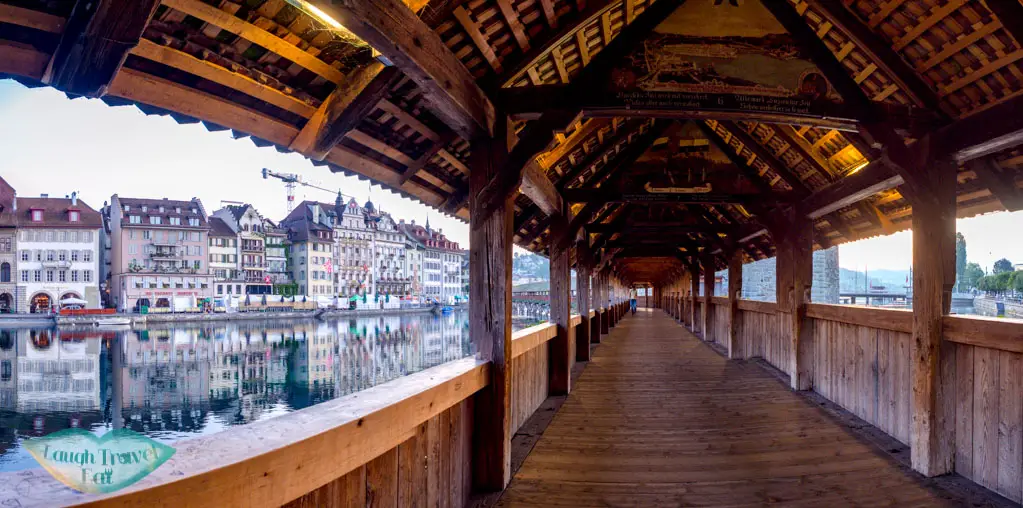
The Water Tower is older, dating back to the late 13th century and standing at 34.5 m tall. Its octagonal shape and pointy roof served as the city’s fortification as well as storage, and even a prison. There are murals on the panels under the roof, which were also restored but are a little faded. What I didn’t realise is just how many spiders there are along the side of the bridge!
The Musegg Wall and Towers
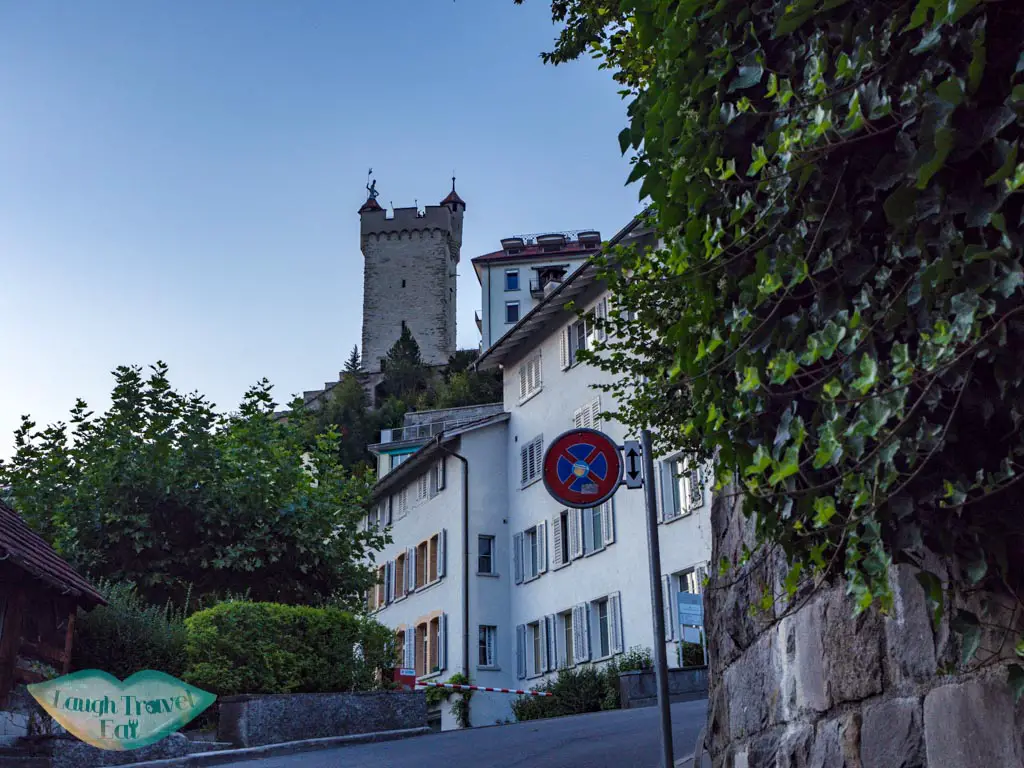
Part of the fortification that was built to protect the city after the Battle of Sempach in 1400, it is north of the River Reuss stretching across 800m. There are nine towers in total, starting by the riverside and going up along the hill. I followed the sign from a road at the edge of town that goes uphill and found the entrance.
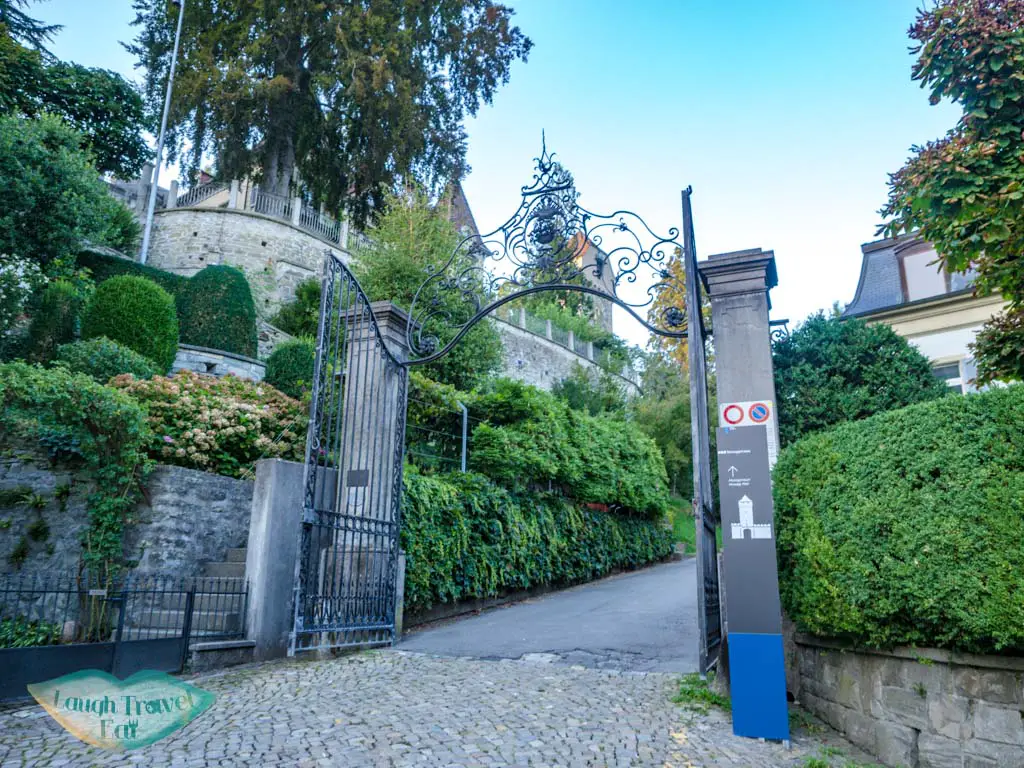
There are several ways to go up to the walls, but the main entrance is in the middle of the one road that loops up like a half moon. If in doubt, check google map!
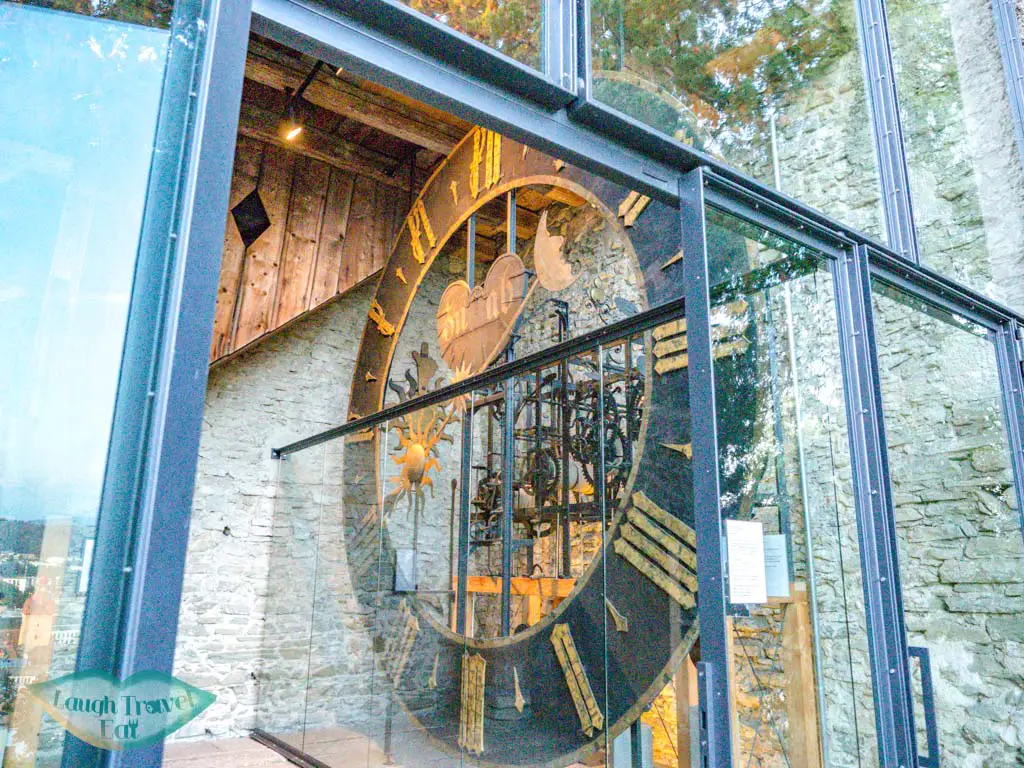
While it officially closes around 7pm, there were still many locals milling around and the door opened to let me up to the tower and the top of the wall. You can access the top of the tower via the stairs by the beautiful exposed clock, but the windows are small and the glass is a bit dirty.
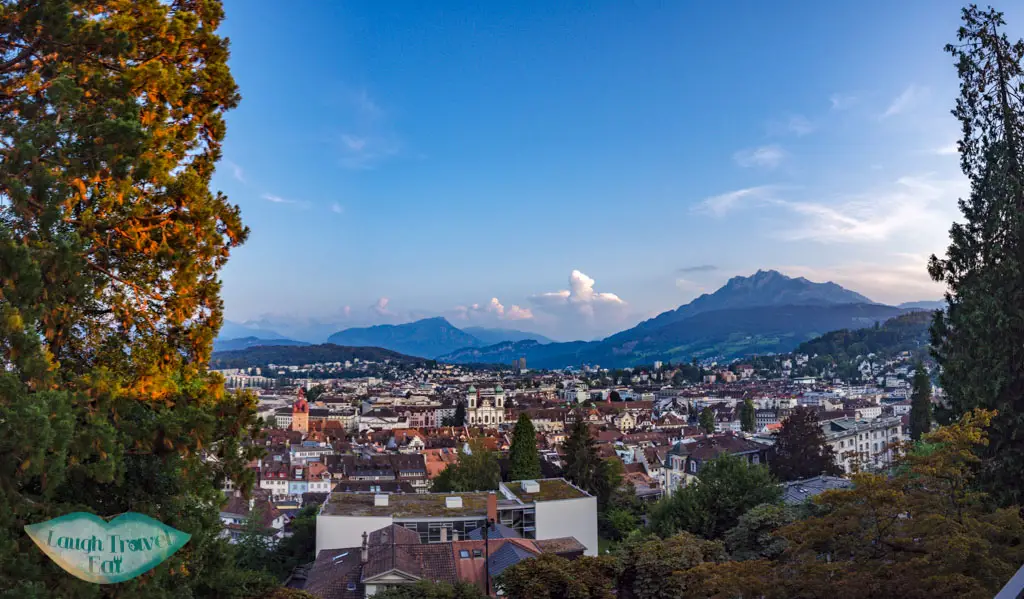
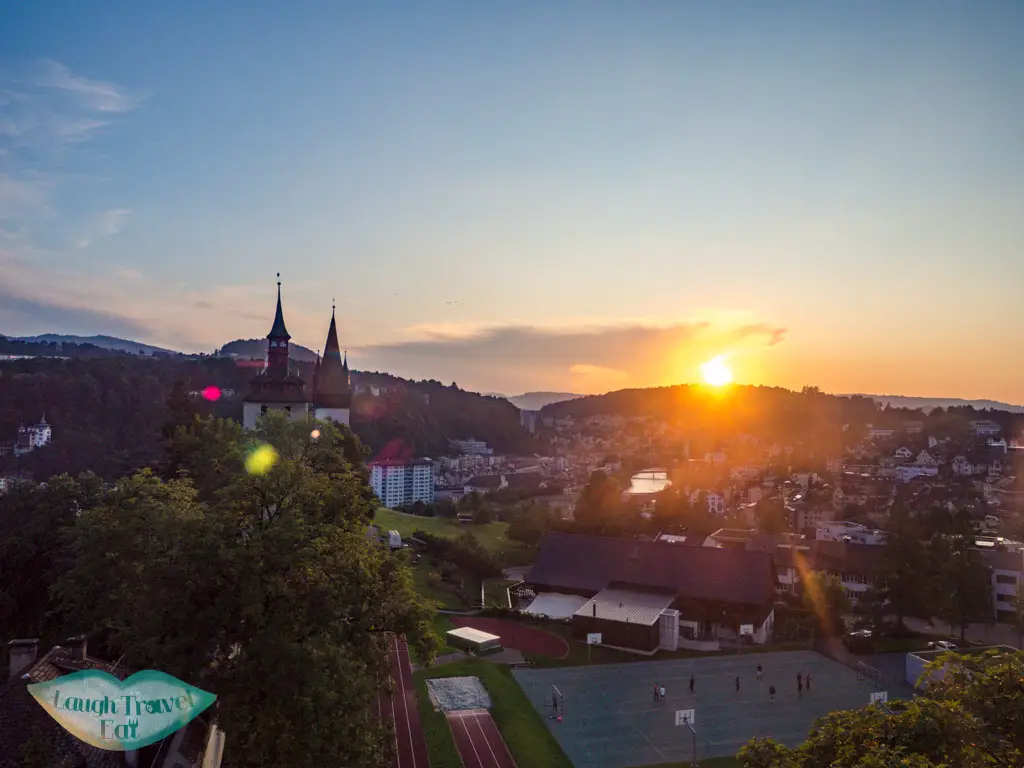
The top of the wall, however, offers an unrivaled panorama of the city, but the sunset was on the other side.
Lion Monument
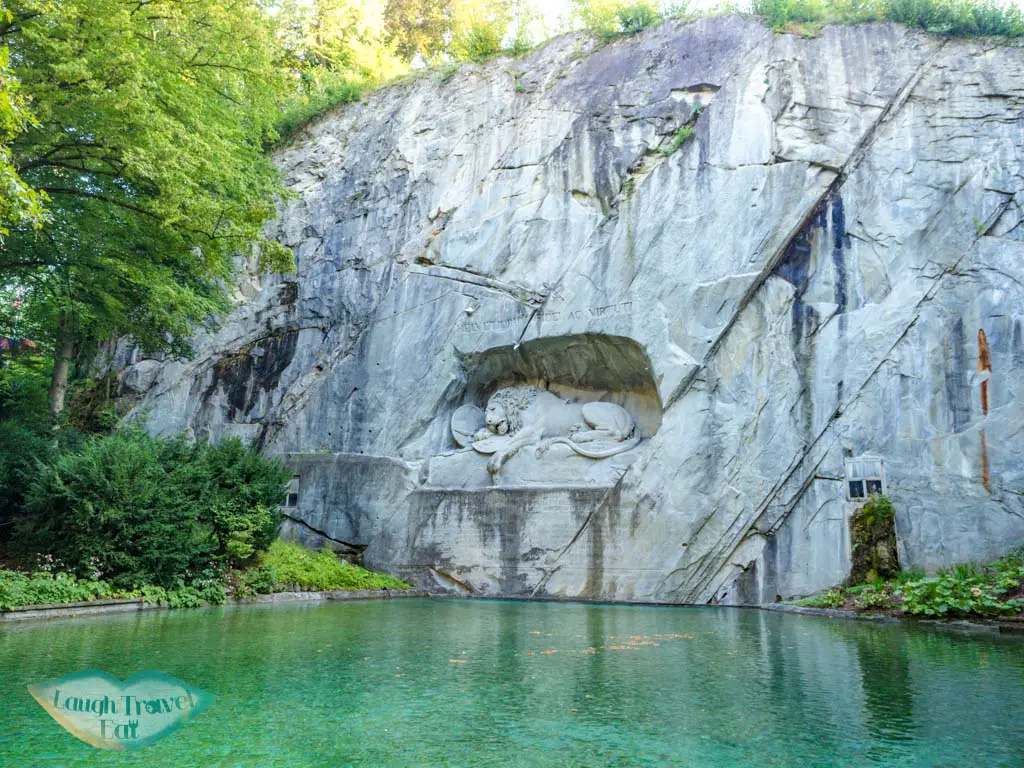
A memorial monument dedicated to those who died at Tuileries in 1792 while protecting the French monarch, it is a beautifully crafted rock sculpture set on a cliff face. Created by a Danish sculptor, the monument is smaller than expected and a tucked away north of the old town. However, it’s still very walkable but it’s best to go early as the park is punctuated by a rotating cast of group tour tourists starting from 10am.
Jesuit Church
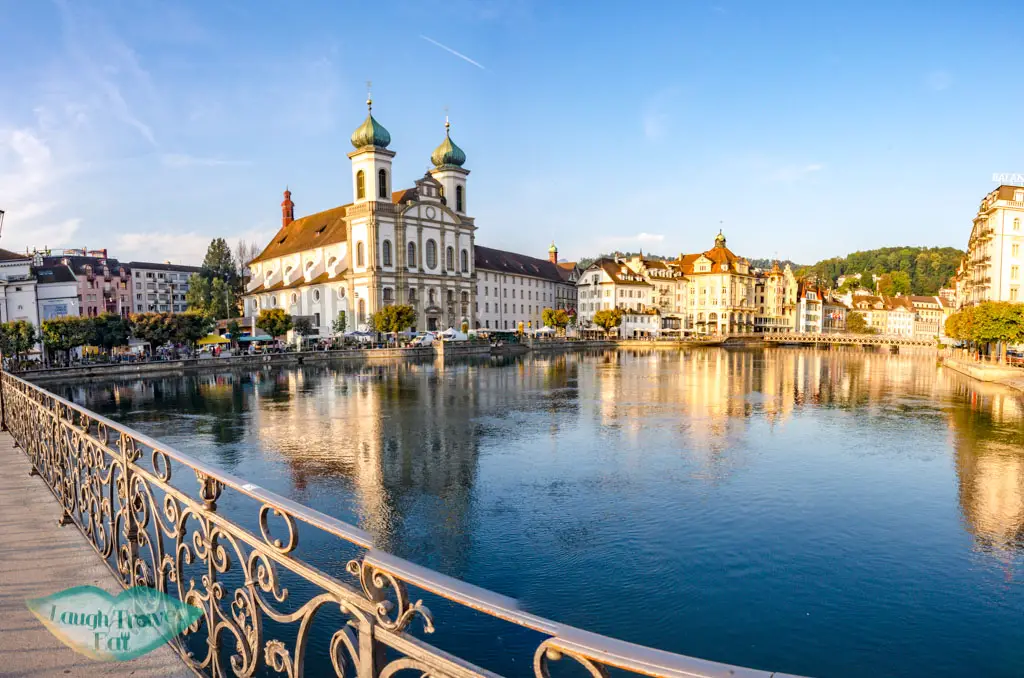
Another architecture jewel by the river, the baroque Jesuit Church is a Catholic Church built in the 17th century. It was built by the city and the Order of Jesuit, who were trying to counter the Reformation at the time in Zurich and Geneva. The church was to compliment the college that was founded about a century earlier, though they ran into financial problems that didn’t see the interior completed until another decade later.

The best way to admire the church is from either of the bridges across the river, especially during sunset.
Hofkirche St Leodegar
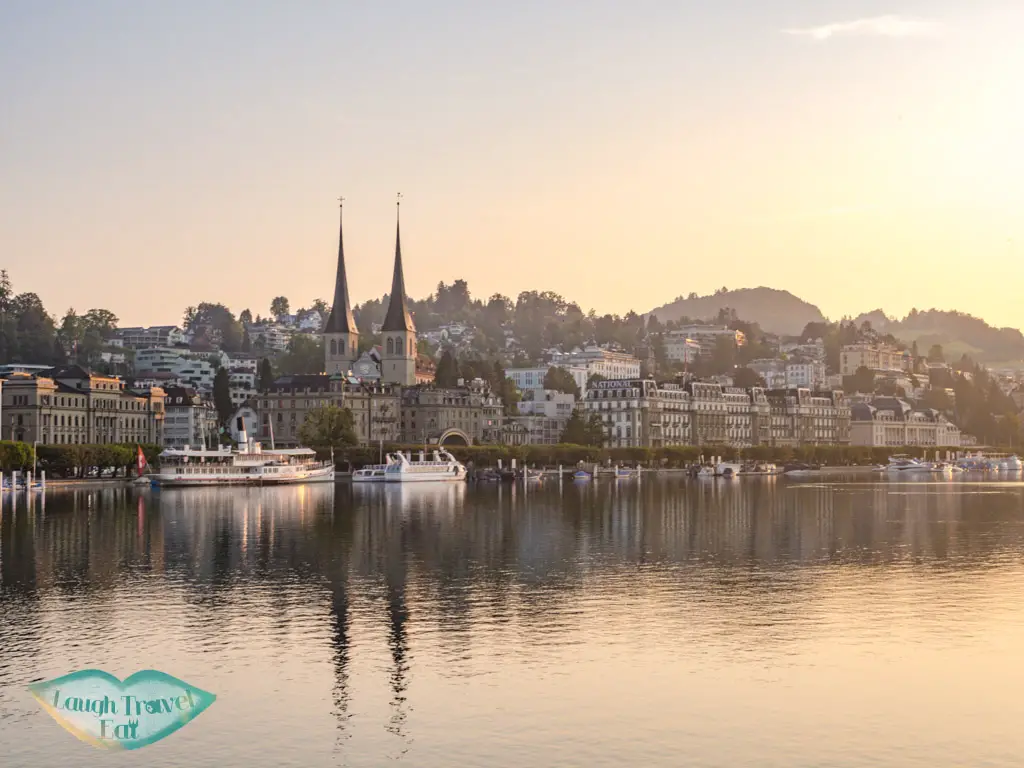
The Church of St. Leodegar in English, the pointy twin spires of the church can be spotted across the river from the train station. It’s a short walk from the old town and set atop two flights of stairs.
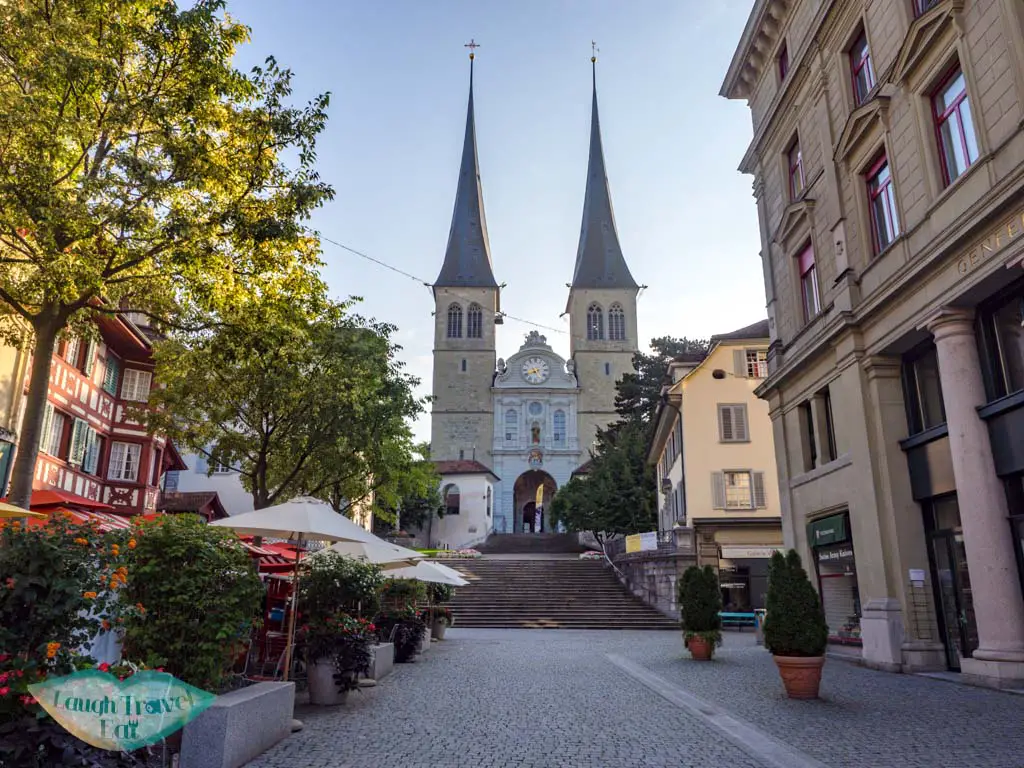
It is a monastery as well, with a cemetery tucked to one side. The current church dates back to the 17th century, although a Roman Basilica previously occupied the same ground.
Swiss Museum of Transport
While I didn’t make it to the museum, it’s a great place to go for a rainy day and to learn more about transport in Switzerland. Beyond the museum itself, there’s also a theater and chocolate adventure, which is perfect for the family.
Admission fee: check their price table here
Address: Lidostrasse 5, 6006 Luzern, Switzerland
Opening times: 10:00 – 18:00
Restaurants in Lucerne
Taube
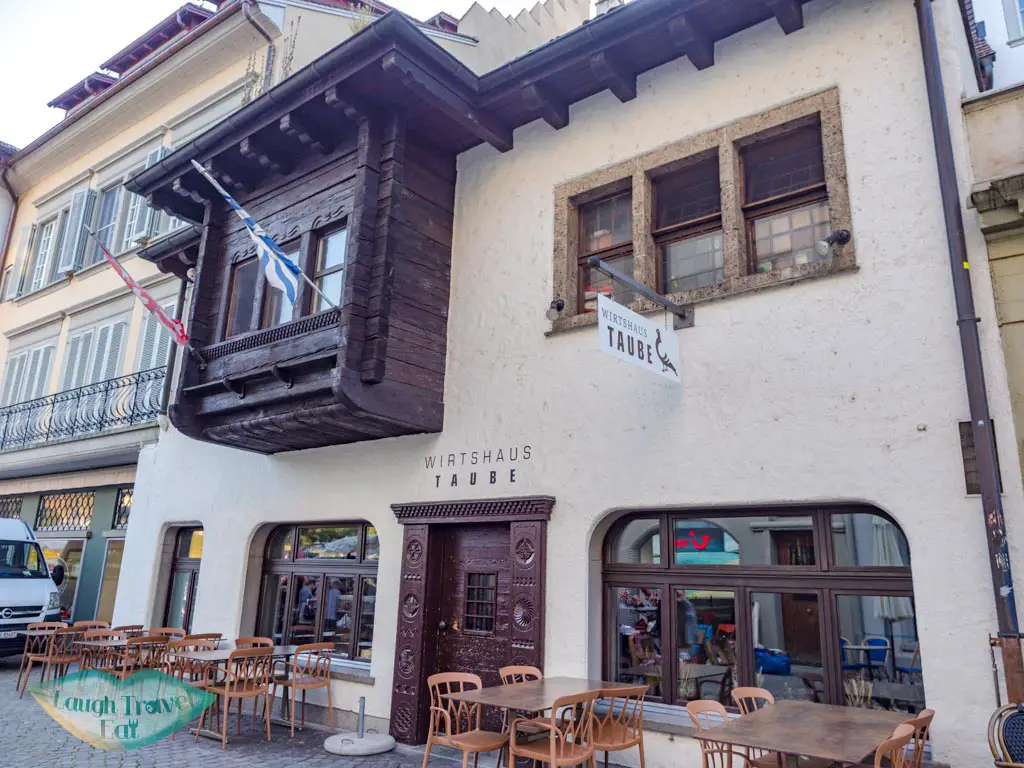
A highly rated and well reviewed restaurant, it’s near the river in the old town with both inside and outdoor seating. They have a weekly menu that costs 21-24 CHF, and a la carte dish around 30 CHF, serving Swiss dishes. I highly recommend making a reservation as I didn’t have the best service as a walk in diner.
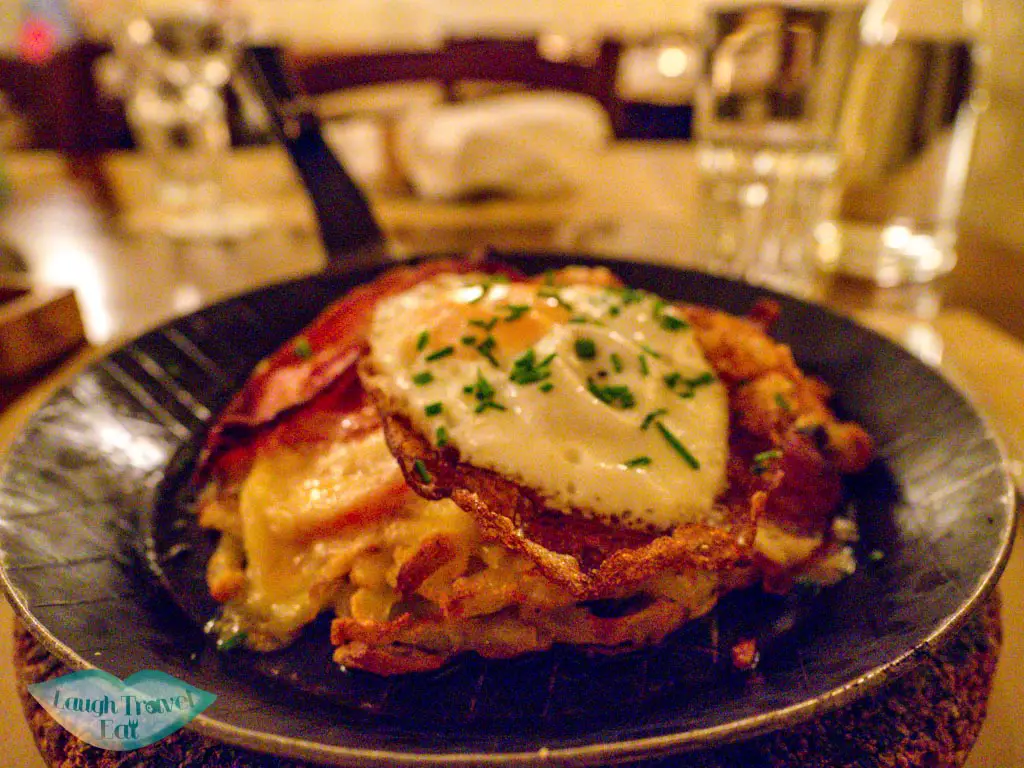
The table had to be returned within the hour but there was no waitress for at least 15 minutes, and I also had to grab my own menu. They were a little dismissive as well and charges CHF 3.5 for tap water.
That said, I had the Swiss hash brown dish which was decent in portion and rather delicious.
Opening times: 11:30 – 23:30
Address: Burgerstrasse 3, 6003 Luzern, Switzerland
Day trips from Lucerne
There are a lot of day trip options around Lucerne, but if you want to do a hike, see a great panorama, and have the Swiss Travel Pass (more on the pass here), then I’d pick Mount Rigi. Also known as Queen of the Mountains, Mount Rigi is 1798 m above sea level. It offers a stunning panorama of the surrounding area, in particular Lake Lucerne, Lake Zug, and Lake Lauerz. There are numerous station at the top, with Rigi Kulm taking you to the very top with an observation tower.
Fun fact: Mount Rigi is actually not part of the Swiss Alps!
Mount Rigi
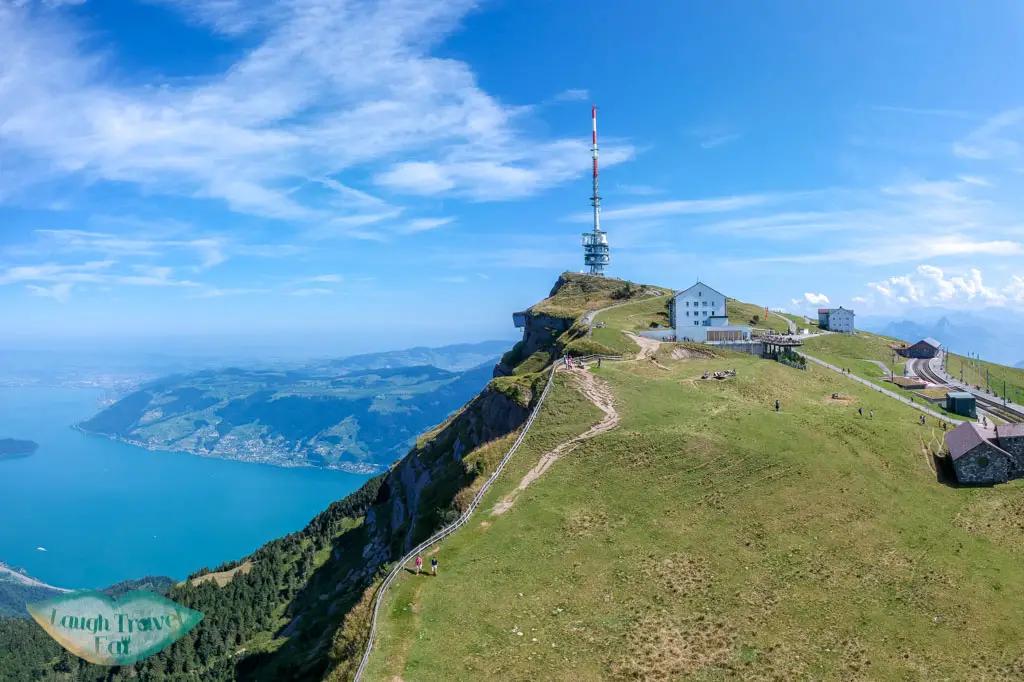
Getting to Mount Rigi from Lucerne is an experience in itself. It was built in 1871 and is the first mountain railway in Switzerland. Switzerland’s travel system is unrivaled for its stunning scenery. Here’s a quick guide on how to visit:
Scenic boat ride on Lake Lucerne
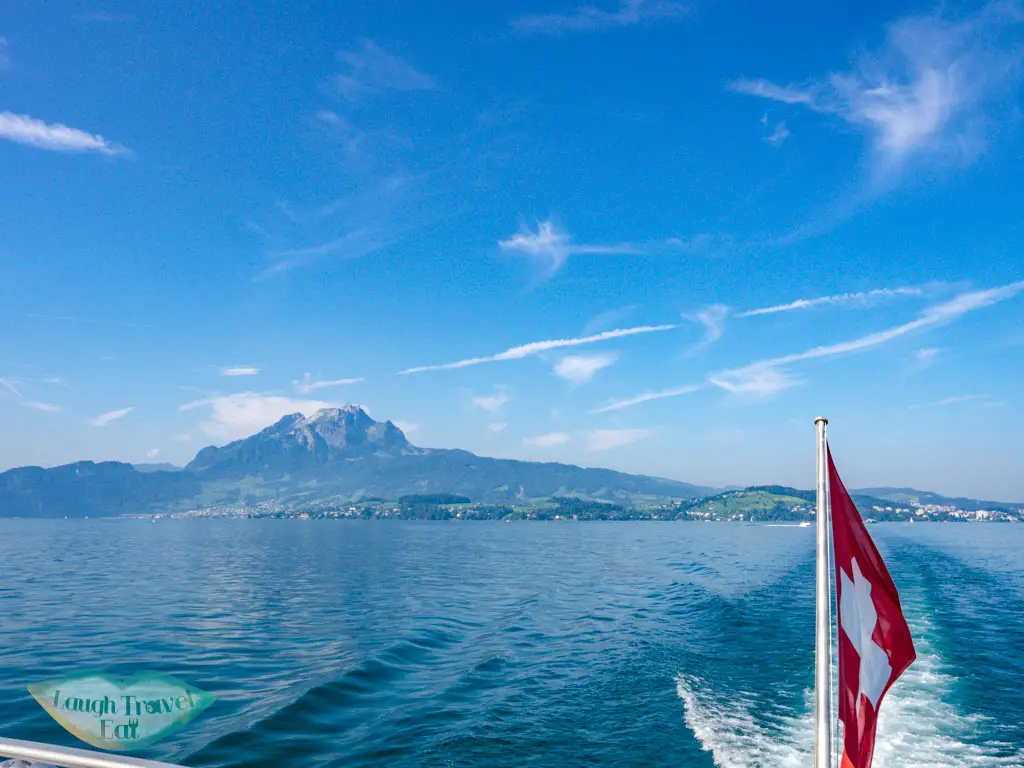
The trip starts with a gorgeous boat ride from Lucerne to Vitznau on Lake Lucerne. The ferry departs from the port across from the train station, which is an easy walk from the old town. I suggest you get to the port earlier than departure time to snag a good seat for the 57 minutes journey to Vitznau. The boat stays close to the shore, giving you a splendid view of the towns as on one side and Mount Pilatus in the distance.
Ferry ride fare to and from Lucerne
Mount Rigi cogwheel from Vitznau to Rigi Kulm
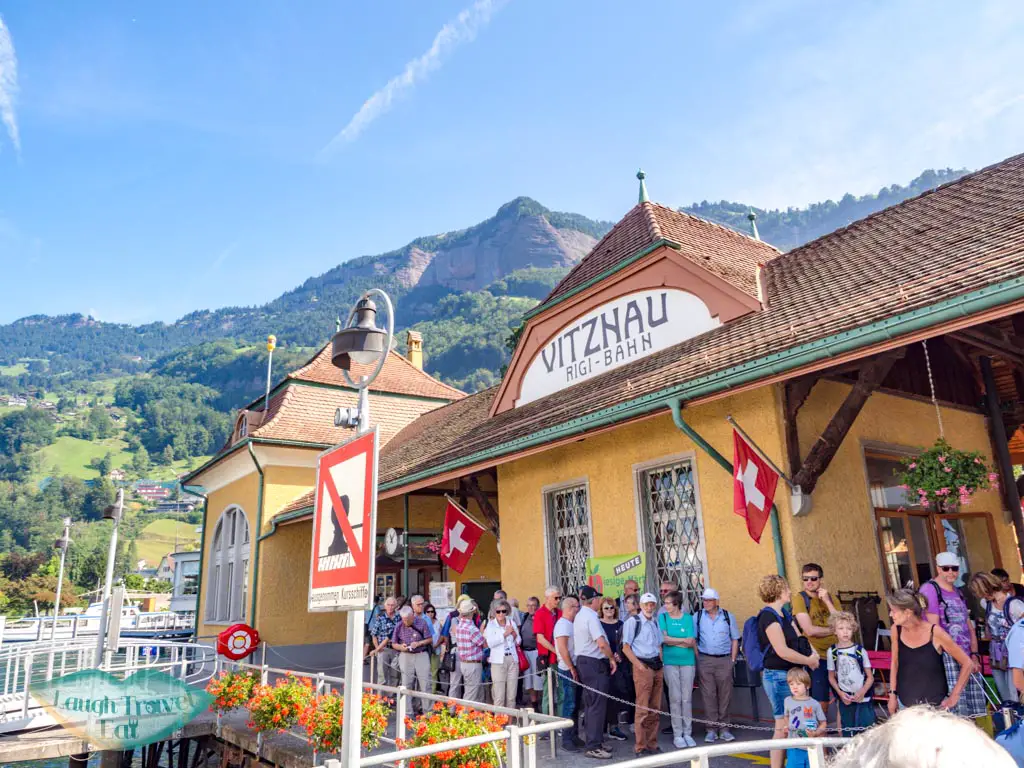
The ferry is timed to connect with the cogwheel train that goes up every hour at 15 minutes past. The station is just across the road from the port and the Rigi Bahn is very similar to Rochers de Naye. The ride up is quite packed. From Vitznau to Rigi Kaltbad first on the left side facing up is best. After that there’s views on both sides.
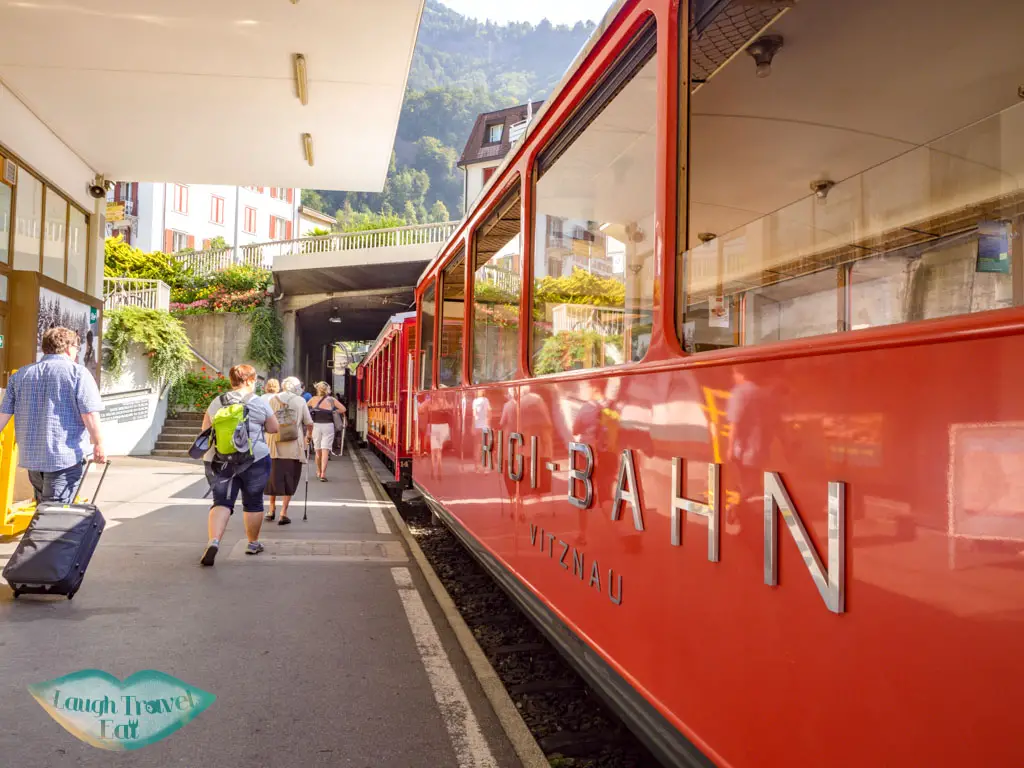
It takes 32 minutes to get to Rigi Klum, along the way between Rigi Kaltbad and Rigi Kulm there’s a fair amount of restaurants and hotels along the way up.

Admission fee: free for Swiss Pass holders, day ticket CHF 72 (full fare chart here)
Rigi Panoramic hike
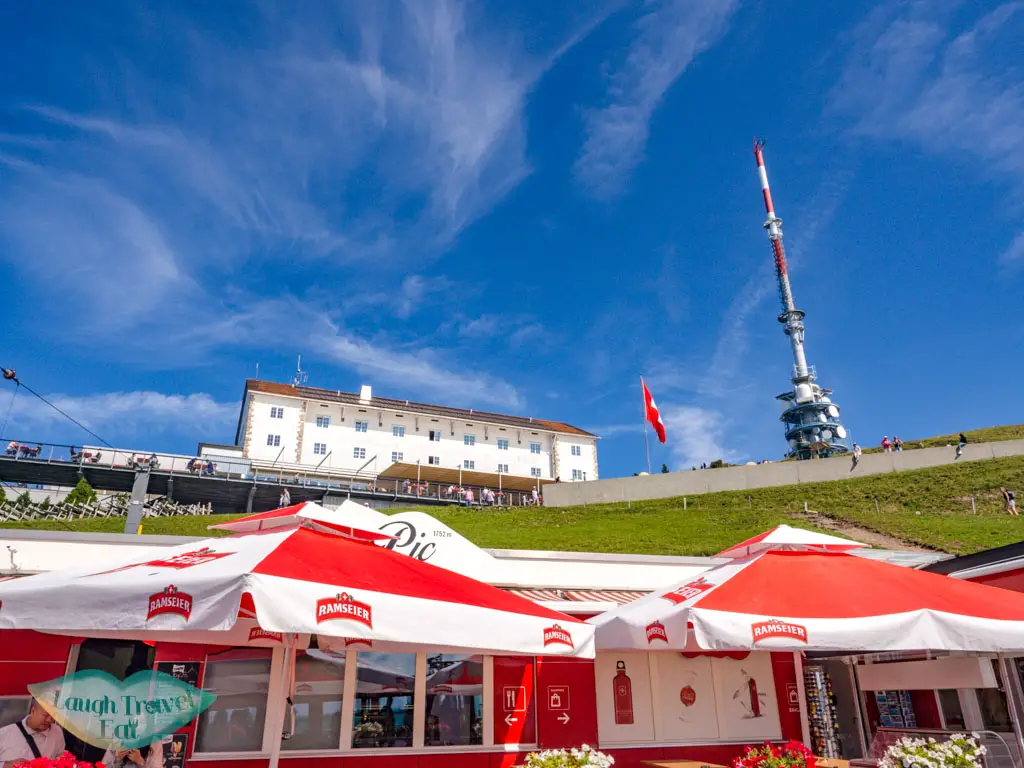
The view from the top is the most unobstructed I’ve come across, with a surprise slab of stone that represents Emei Shan from China, Mount Rigi’s sister mountain.
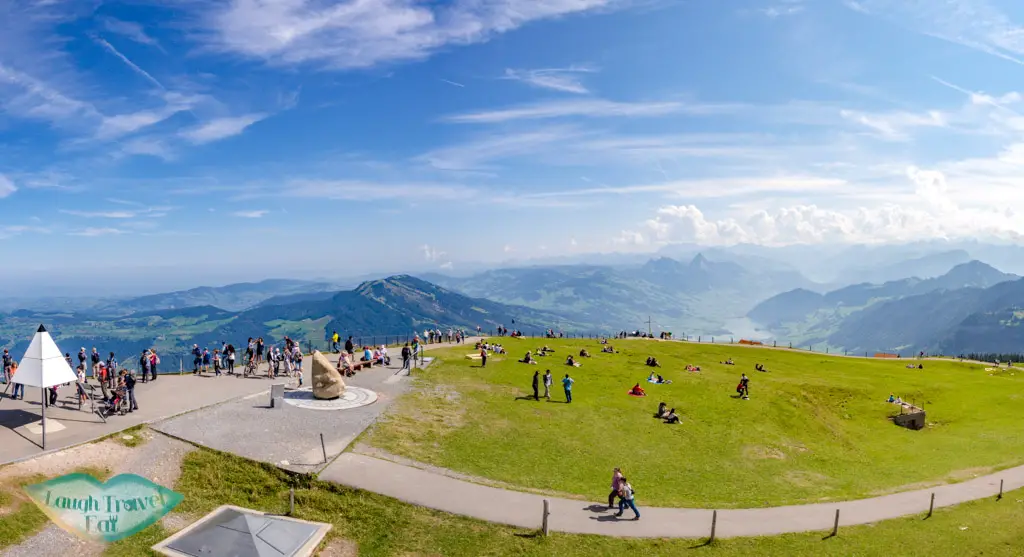
It’s popular for visitors to hike down to Rigi Kaltbald, which only takes about an hour or two, with great views of Lake Lucerne as you go down.
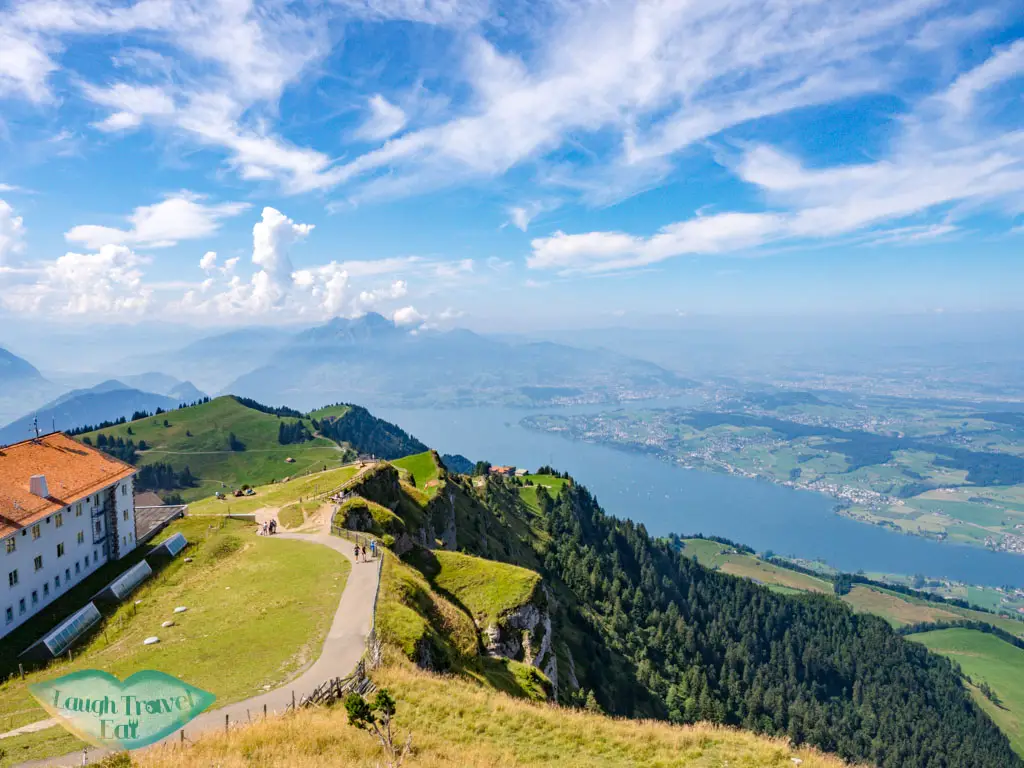
Otherwise, it’s an easy ride back to Rigi Kaltbad or Vitznau. Another way to enjoy the surrounding area is to take the cable car from Kaltbad to Weggis.
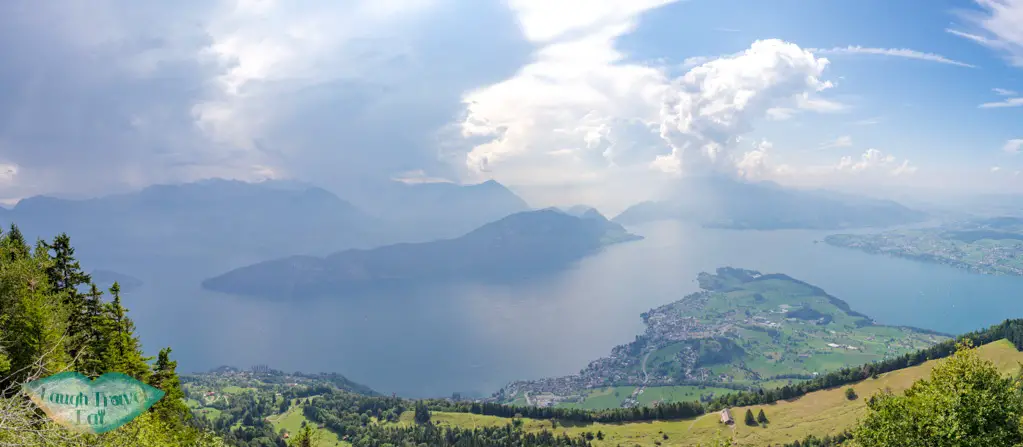
I hiked down from Rigi Kulm after a good roam around and eating a sandwich. The trek is all downhill with a viewpoint or two.
Rigi Kaltbad to Weggis
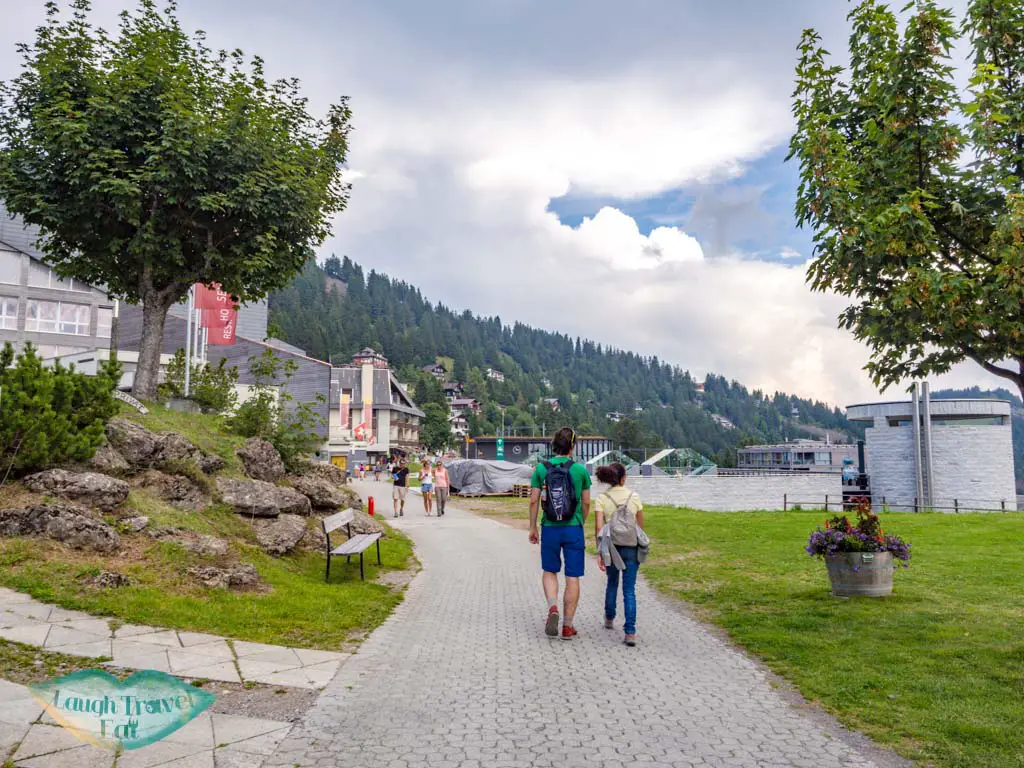
Rigi Kaltbalt has a hotel, restaurant, and several shops if you want to poke around, but I got the 15:10 cable car to Weggis.
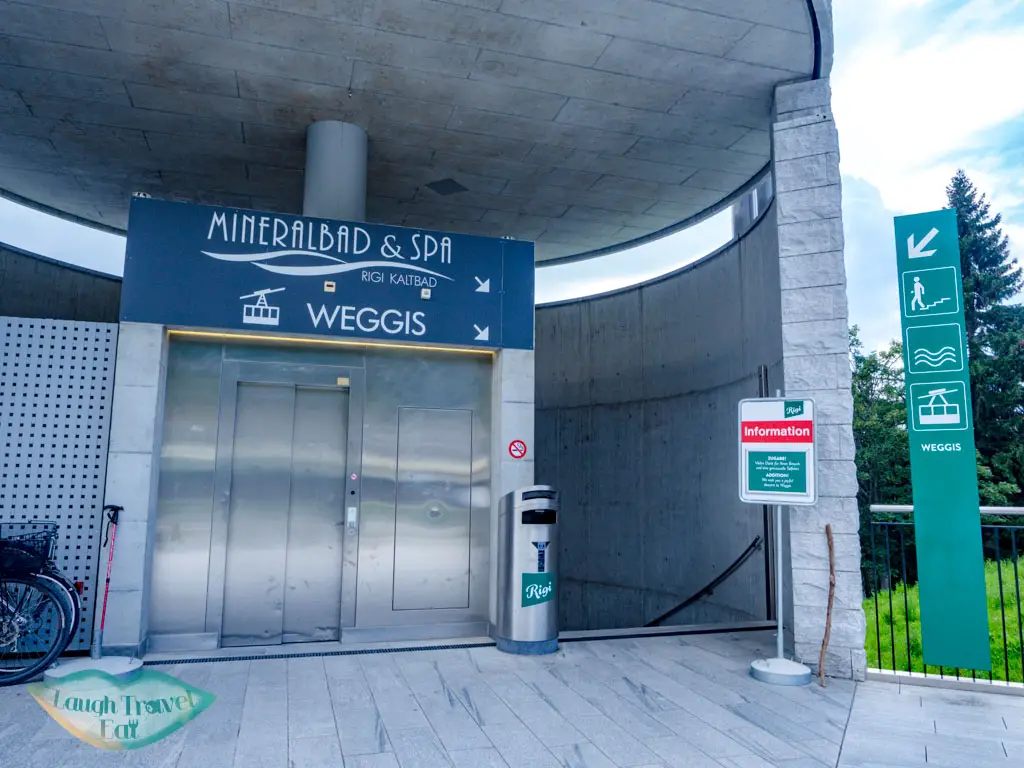
The cable car is a ten minutes ride, with one every half hour during the day at 10 minutes and 40 minutes past.
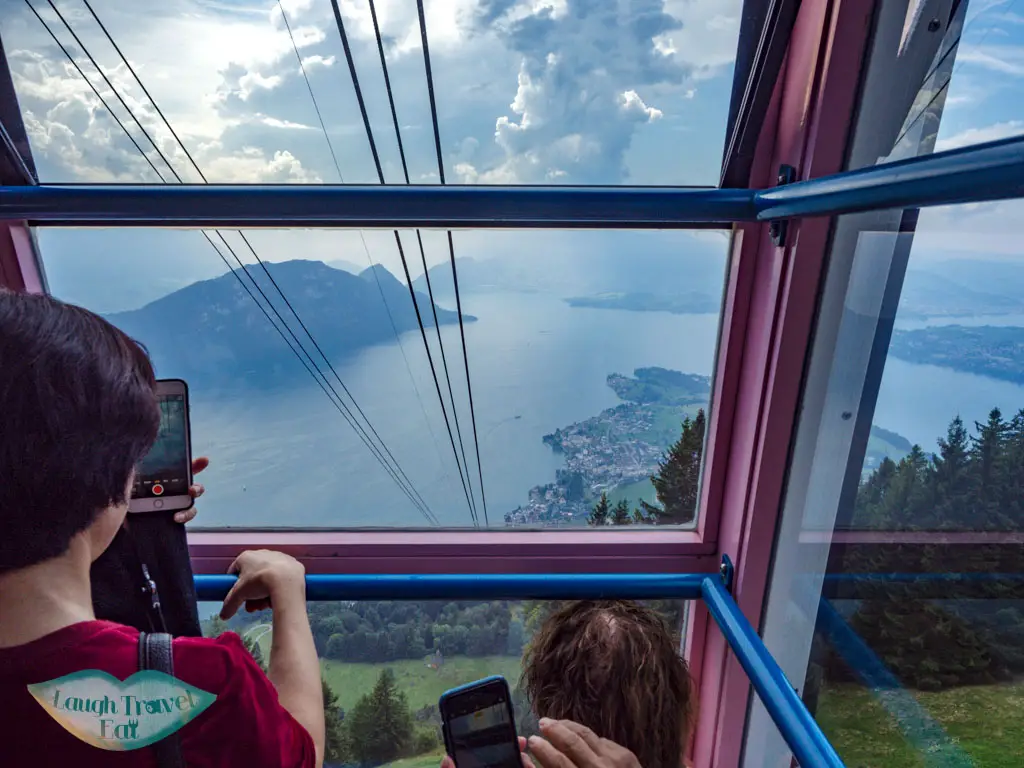
It was also very very crowded and unless you are right at the front and ran in, chances are you won’t get the front window view. The station is some distance from the port on the hill, but I followed the reasonably good sign down to the port.
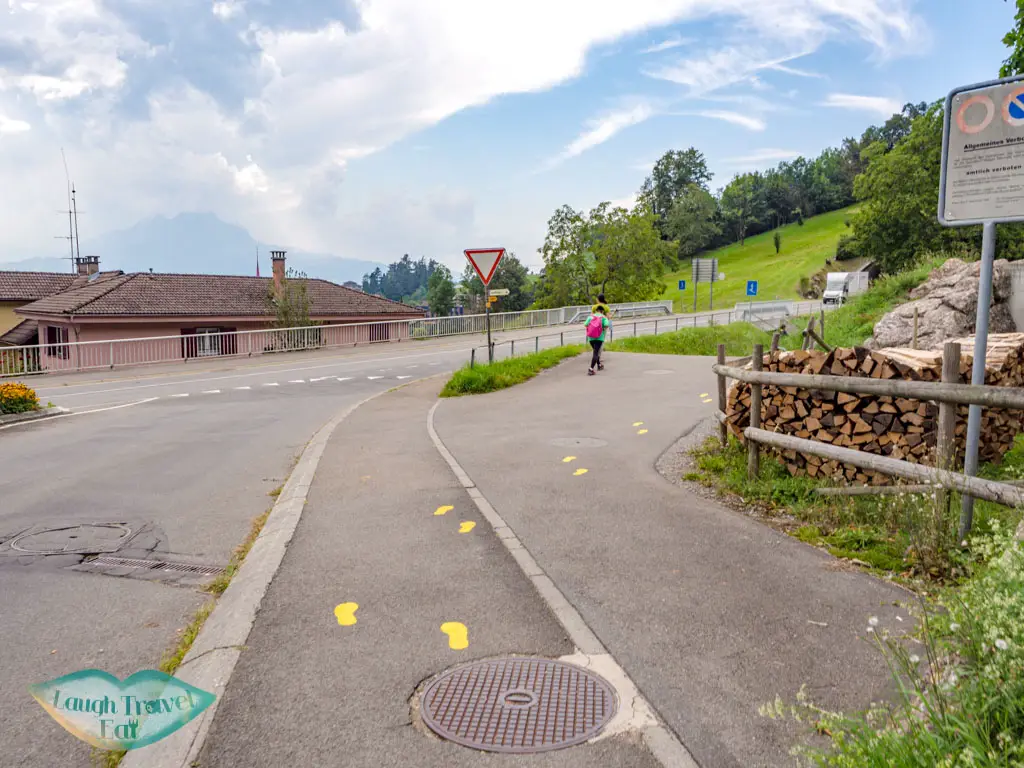
Weggis is a pretty town in itself, and the walk is only about 10 minutes.
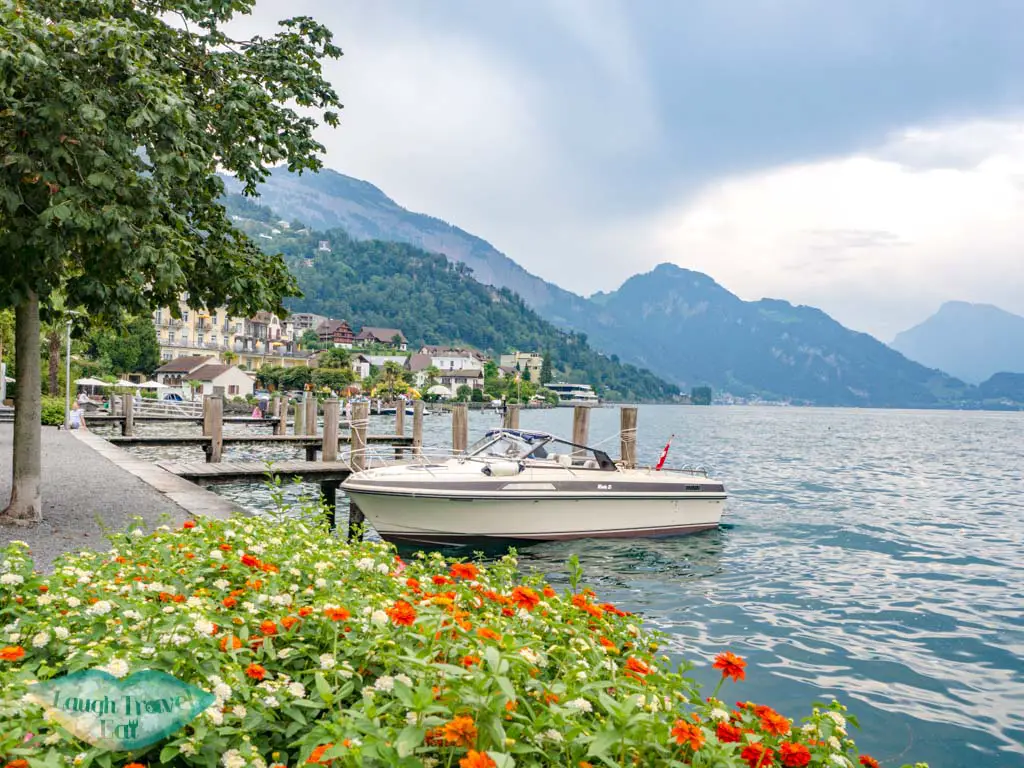
The next ferry wasn’t until 16:05, there are quite a lot of people who came from Vitznau and the previous stops.
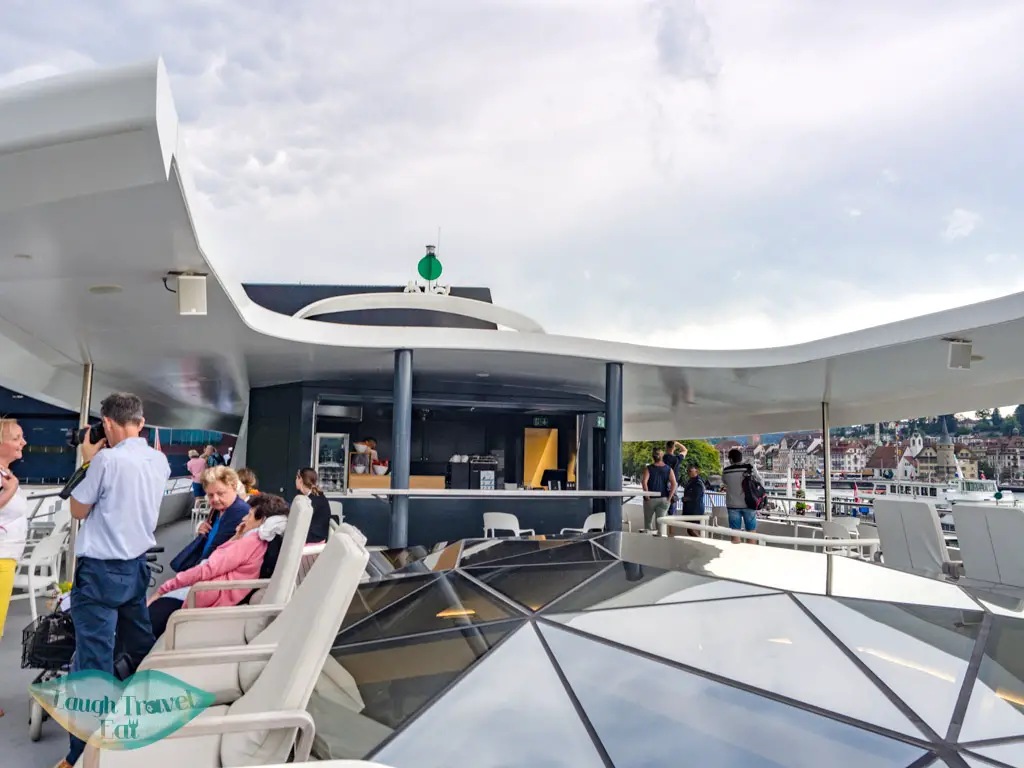
Mount Pilatus
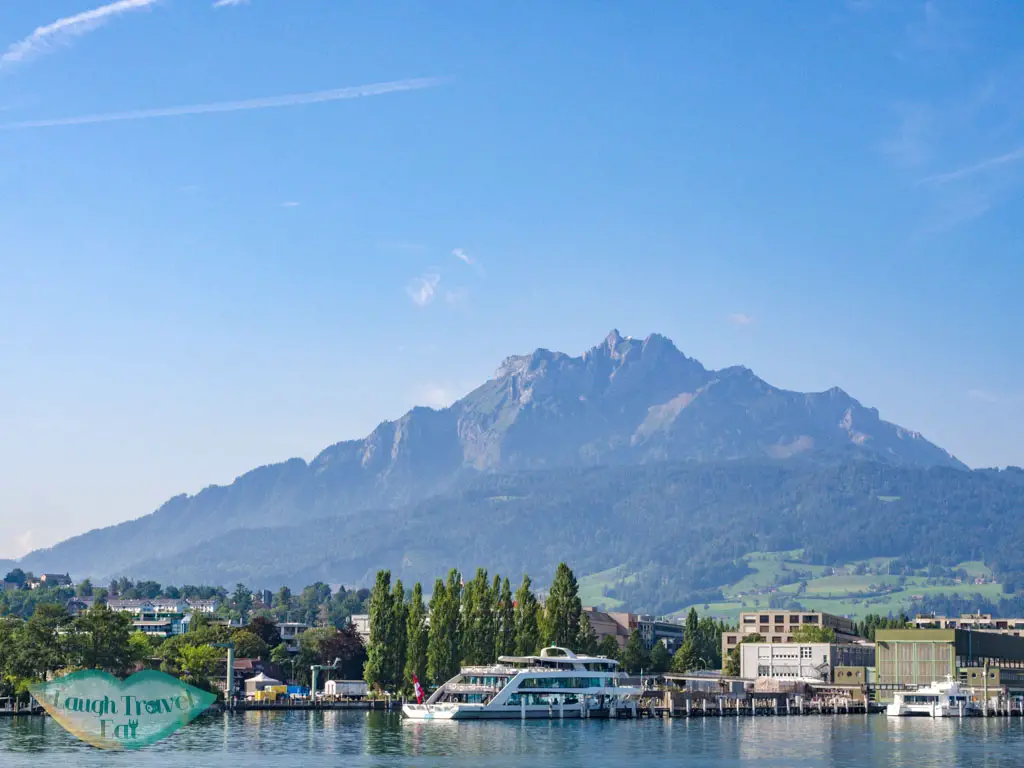
Mount Pilatus is the most popular day trip destination from Lucerne. Standing at 2,132 m, the iconic mountain can be seen from the city itself with a relatively wide rocky peak. There are cogwheel trains and cable car systems surrounding the mountain that can take you up and around. The view of the city is great and you get to ride on one of the steepest cogwheel train systems in the world.
I didn’t have time to get up there, but here’s a blog post from another blogger that I found very useful.
Cost: CHF 72 for a roundtrip, half price for Swiss Travel Pass (or half fare card) holders
More on timetable and cost here.
Mount Stoos
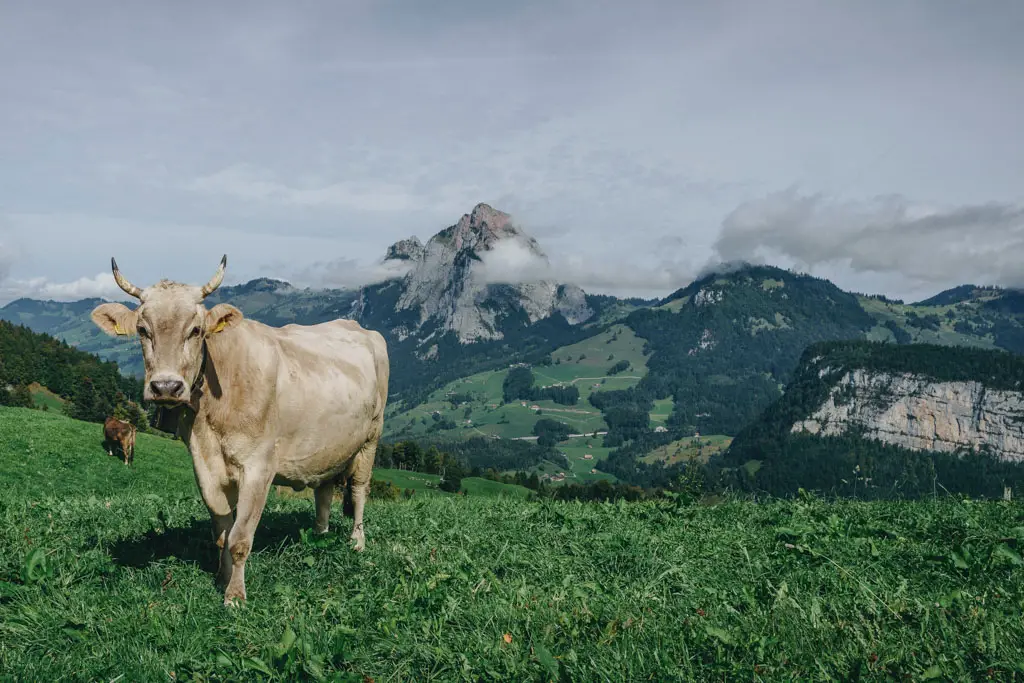
Photo by Michael Weibel on Unsplash
The furthest mountain of choice from Lucerne, Stoos is practically on the southern end of Lake Lucerne and popular for its record breaking steep furnicular train. With a maximum of 47 degrees incline, it takes passengers up to 1035 m in under 5 minutes to the town of the same name.
Cost: day pass CHF 46, CHF 25 for Swiss Travel Pass and Half Fare Card holder
Full price list and time table here
How to get there: train from Lucerne to Schwyz, then bus from Schwyz, Bahnhof (railway station) to Schwyz, Stoosbahn (valley station)
Mount Stanserhorn
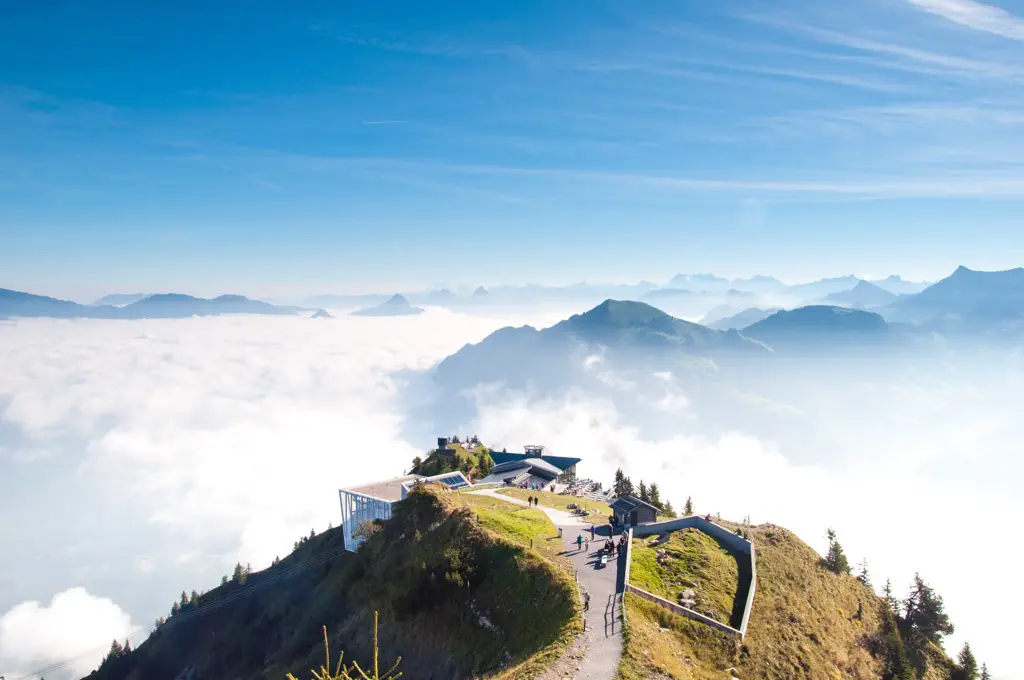
Photo by Randolph Domingo on Unsplash
Parallel to Mount Pilatus, Mount Stanserhorn stands at 1,898 m. While a railway was built in the late 19th century already, but was struck by lightning and rebuilt! What sets it apart from Rigi and Mount Pilates? How about a cable car with rooftop access? This is a good alternative for those who don’t want to face the crowd at Mount Pilates or for those who want a more relaxing experience. It is, afterall, nicknamed the Lazy Mountain.
Cost: free for Swiss Travel Pass Holder, CHF 72 for return ticket, CHF 37 for half fare card holders
You can see the time table here
How to get there: 15 minutes’ train from Lucerne to Stans
Where to stay in Lucerne
Budget/Midrange
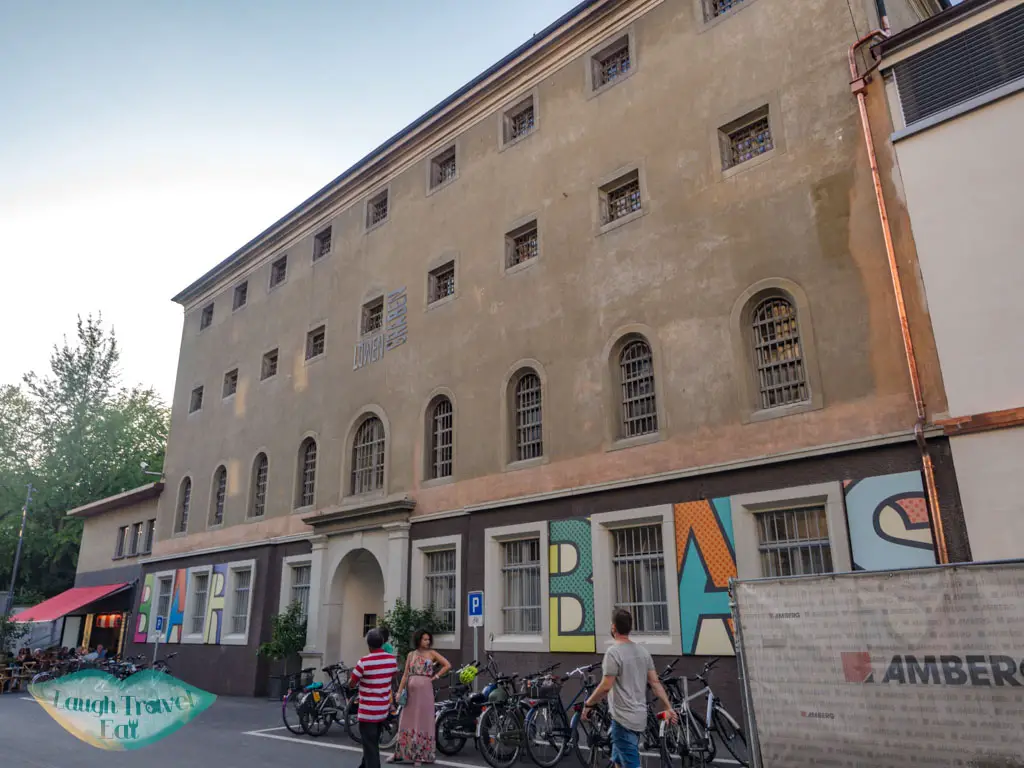
Barabas is a prison hostel hotel in a corner of the old town. It’s definitely an interesting place to stay and was surprisingly clean with a great bathroom. However, it got a bit stuffy since the only window is a tiny square box high on the wall behind bars. But they did provide a fan in the room.
I had originally booked the 6-bed dorm but was upgraded (perhaps it’s a Hotels.com priority/perk?) because they were full in the dorms!

The breakfast they offered was a little pricey, but they allowed the use of microwave and kettle there so it was easy to eat cup noodles or to buy food at the Co Op across the street.
For something a little more modern but still budget friendly, the Capsule Hotel Lucerne offers you an individual relax pod to sleep in. It’s on the western edge of the old town, so a little bit of a walk (or a bus ride) from the train station but walking distance to everything else.
Splurge
Hotel Central Luzern is a hotel on the southern side of the river only 3 minutes from the train station. The rooms are clean and modern, with a great view of the river and a fantastic spread of breakfast.
For a more spacious room, try the Tourist City & River Hotel Luzern on the northwestern side of the old town by the river. And it’s still walking distant to the old town!
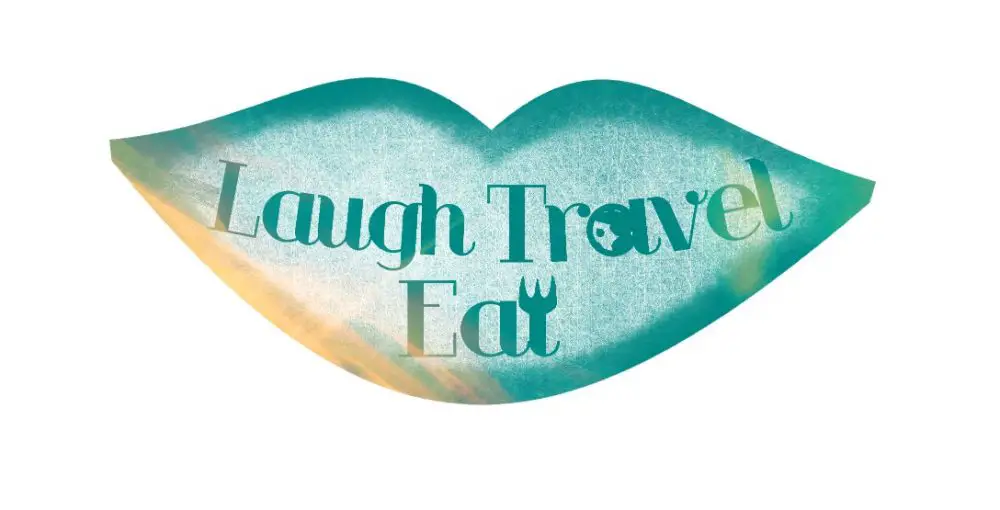

 中文 (香港)
中文 (香港)